Le Monde Problématique's Public Feed: Willkommen zu meiner Debattenr...
Willkommen zu meiner Debattenrundschau vom 16.12.2019!
Das Kulturbudget der Stadt Wien ist gerade um 10 Prozent, also 26 Millionen Euro, erhöht worden. Im Interview mit der Wiener Zeitung Der Standard spricht die seit 2018 amtierende Kulturstadträtin Veronica Kaup-Hasler vor allem über die finanziellen und strukturellen Probleme der städtischen Theaterlandschaft, wirklich interessant sind aber ihre Aussagen zur allgemeinen Verwendung der neuen Finanzmittel: „Diese Stadt produziert unheimlich viel Kunst. Dabei sind wir aber in einem Wahn, der vom internationalen Druck ausgeht, immer mehr und mehr zu machen. Es gibt die paradoxe Situation, dass Initiativen mit einem gesellschaftskritischen, linken Programm zugleich selbst unter armutsgefährdenden Bedingungen produzieren. Das ist ein Widerspruch. Die Erhöhungen sollten wir also nicht für immer mehr zusätzliches Programm verwenden, sondern dafür, besser zu bezahlen. Ich sage: Macht weniger oder gleich viel, aber: Macht es besser, habt mehr Zeit dafür, engagiert die Leute adäquat, stellt sie an!“
Dass die Vergütungen im Kunst- und Kulturbereich häufig problematisch niedrig sind, darüber wurde schon oft und breit diskutiert. Personen, die finanziell unabhängig sind, dürften damit weniger Probleme haben; alle anderen werden entweder von vorne herein abgeschreckt oder müssen sich eben mit entsprechend prekären Lebensverhältnissen abfinden. Dieses Muster scheint sich in all jenen Berufsfeldern fortzusetzen, in denen der Coolnessfaktor (a.k.a. Symbolisches Kapital ) besonders hoch ist. Der Startup-Sektor gehört hier ebenso dazu wie der Journalismus. Tobias Hausdorf schreibt in seinem Artikel für Spiegel Online über die schlechten Arbeitsbedingungen für JournalistInnen und warnt vor negativen Auswirkungen auf die Gesellschaft: „Journalisten werden dann meistens die gleichen Leute: Die, die es sich leisten können. Das ist nicht nur unfair, sondern auch fatal für die Demokratie. Weil Stimmen fehlen, weil Perspektiven und Lebenserfahrungen im öffentlichen Diskurs nicht auftauchen. Journalismus darf kein elitäres Projekt sein, sonst setzt sich soziale Ungleichheit fort.“
Wie vor wenigen Tagen bekannt wurde, hat die Kölnmesse, Muttergesellschaft der Art Cologne, die Kunstmesse Art Berlin nach nur drei Ausgaben zu Grabe getragen. Stefan Kobel versammelt in seiner Wirtschaftspresseschau Einschätzungen zum Thema und kommentiert die Entwicklungen selbst in seinem Artikel für artmagazine.cc. Nahezu alle KommentatorInnen scheinen sich einig zu sein, dass die Berliner Kulturpolitik eine Hauptschuld trägt am frühen Ende der Art Berlin. Die Hauptstadt inszeniere sich als Kunstmetropole, unterstütze aber die Galerien der Stadt nur unzureichend oder mit den falschen Maßnahmen. Aber auch die Uneinigkeit der Kunstmarkt-Akteure wird immer wieder als großes Problem Berlins aufgeführt.
Einen ausführlichen Artikel über jene Probleme und Herausforderungen, mit denen sich vor allem kleinere und mittelgroße Galerien in Berlin konfrontiert sehen, hat Birgit Rieger für den Tagesspiegel verfasst. Die Autorin lässt viele Protagonistinnen und Protagonisten selbst zu Wort kommen, welche ungewöhnlich offen über ihre finanzielle Situation und ihre Geschäftsmodelle sprechen. Interessant sind auch die Ergebnisse einer Umfrage unter Berliner Galerien, welche in Kriegers Artikel zur Sprache kommen: „Die neue repräsentative Umfrage des Landesverbandes [der Berliner Galerien] unter 100 Galerien jeder Größe und jeden Alters zeigt: Echten Glamour gibt es nur bei wenigen. 41 Prozent der Galerien machen weniger als 100 000 Euro Umsatz im Jahr. Zieht man die Kosten für Räume, Personal und Messebeteiligungen ab, können davon viele kaum leben. Doch auch unter denen, die deutlich mehr umsetzen, herrscht Unzufriedenheit. 85 Prozent der Berliner Galeristen sagten, sie würden diesen Karriereweg kein zweites Mal gehen.“
Die Kunstmesse Art Basel Miami Beach ist vor knapp zwei Wochen zu Ende gegangen. Zu diesem Anlass hat Kate Brown ein Interview mit dem Kunsthistoriker und Mitglied der Extinction Rebellion, William Skeaping, geführt. Dieser hat, wenig überraschend, nichts für die Messe übrig: „The art world represents the massive inequality that has, in many ways, led to this situation. People are flying in to Miami on private jets to buy art in a region that is on the frontlines of climate change. How are we promoting and allowing this insane global circus to continue?“ Wer wie Skeaping den nahenden Weltuntergang beschwört und den Kampf gegen den Klimawandel als oberstes moralisches Gebot betrachtet, für den hat auch die Kunstfreiheit keine Bedeutung mehr.
„There is going to be a swathe of late capitalist works ignoring this issue that are going to be rendered completely irrelevant in the near future. We are going to have to look back at this monstrous moment of wanton and intentional denial“, so Skeaping zum gegenwärtigen Stand der Kunst. „Indeed, if this is about culture, all of human culture—museums, artifacts, and all the 5,000 years of interesting creations we hold, as well as new works—it’s all going in the trash as soon as the food runs out. As society begins to decline and break down in the face of imminent effects of climate change and ecological collapse, then we are going to have to ask ourselves what the actual purpose of the arts is.“ Das ganze Interview ist wirklich empfehlenswert, erscheint hier doch ein Grundproblem unserer Gegenwart in extremer Klarheit: wie können liberale Demokratien, ihre Institutionen und Ideale mit der Vorstellung einer nicht verhandelbaren moralischen Anforderung in Einklang gebracht werden, welche sich auf die wissenschaftlich begründete Annahme einer nahenden globalen Menschheitskatastrophe beruft?
Dazu passend: Rainer Stadlers Kolumne für die Neue Züricher Zeitung, in der er sich mit dem aus seiner Sicht zunehmenden Nudging von Medien beschäftigt, welche ihre KonsumentInnen in Richtung eines verantwortungsbewussten Umgangs mit Ressourcen treiben wollen würden. Im Zuge der Klimadebatte hätten sich manche Werte verschoben, so der Autor: Sparsamkeit sei von einer eher konservativen Tugend zu einer progressiv konnotierten geworden: „Die Mahnung, beim Verlassen eines Zimmers das Licht zu löschen, gehörte einst zum einschlägigen Erziehungsprogramm. In der derzeitigen Diskussion ist paradoxerweise eine Verkehrung der Werte erkennbar. Skeptiker, die sich dem konservativen Lager zuordnen, verspotten die asketische Moral der Retter des Weltklimas.“
Der größte mediale Aufreger der Messe war Maurizio Cattelans Arbeit „Comedian “, welche für 120000 US Dollar von der Galerie Perrotin angeboten wurde: eine einfache Banane, mit Gaffer-Tape an die Wand geklebt (mehr dazu auf news.artnet.com ). So stumpf die Provokation war, so zuverlässig funktionierte sie. Der eigentliche Punkt der Arbeit ist die Frage nach dem Wert von Kunst, wie man ihn generiert, welche Kriterien man für seine Beurteilung anlegt und wie er sich schließlich in Geld ausdrückt. All diese Fragen waren mal Teil eines ernsthaften künstlerischen Diskurses, welcher vor allem in den 1980er Jahren geführt wurde. Eine sehr knappe Übersicht über diese u.a. (blödsinnig verkürzend) als Neo Geo gelabelte Kunstströmung kann man hier auf theartstory.org nachlesen. Dass der Preis eines Kunstwerks konzeptioneller Teil einer Arbeit sein kann, hat unter anderem Jeff Koons schon vor 30 Jahren auf deutlich komplexere Weise durchexerziert als Cattelan mit seiner goldenen Toilette oder eben jetzt mit seiner Bananen-Arbeit.
Ein weiteres interessantes Beispiel zum Thema „Kunst & Wert“ ist der kommerzielle Erfolg des sogenannten „Kindergarten Picasso“, eines siebenjährigen Jungen namens Mikail Akar. Deike Diening beleuchtet in ihrem Artikel für den Tagesspiegel die Hintergründe für Mikels Erfolg als Mini-Kunststar, an dem vor allem Mikails Vater Kerem Akar arbeite – er manage sein Sohn inzwischen in Vollzeit, so die Autorin. Die Werke Mikails sehen so aus, wie sich Menschen Kunst vorstellen, welche sich nicht für Kunst interessieren – grauenhafte Variationen etablierter Bildsprachen, meist aus dem Bereich der ungegenständlichen Malerei. Das Vermarktungstalent des Vaters ist dementsprechend das eigentliche Thema des Artikels.
Takashi Murakami hat sich, ausgehend von seiner künstlerischen Arbeit, ein wahres Imperium aufgebaut, in dem Kooperationen mit Luxusmarken ebenso Platz haben wie Zusammenarbeiten mit Musikstars (u.a. Kanye West) und die Entwicklung klassisch kommerzieller Konsumartikel. Vergangene Woche war Murakami in Berlin, um die Künstler-Ausgabe der Zeitung Die Welt zu gestalten. Anlässlich seines Besuchs wurde er von Cornelius Tittel interviewt. Das Ergebnis ist nicht nur äußerst witzig, sondern tatsächlich auch interessant ausgefallen.
Johannes Bendzulla

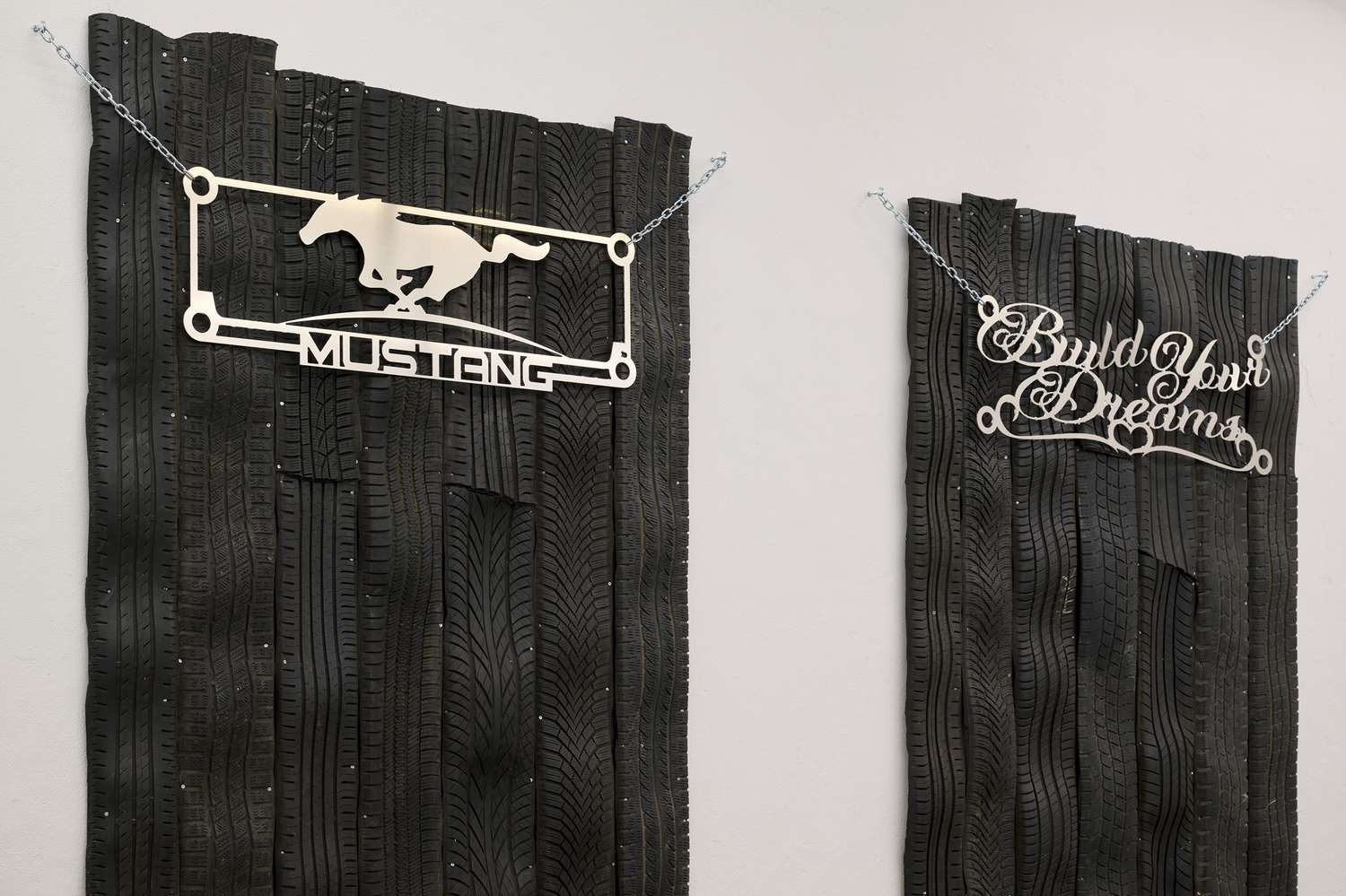
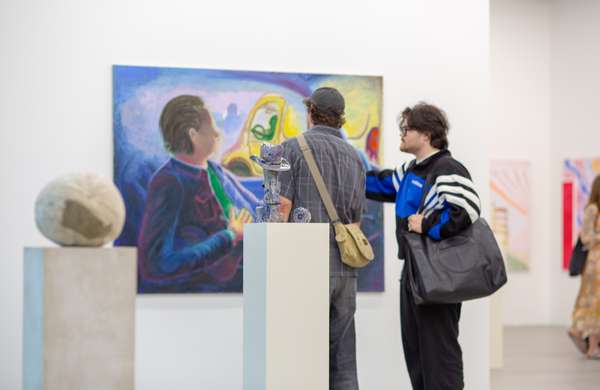


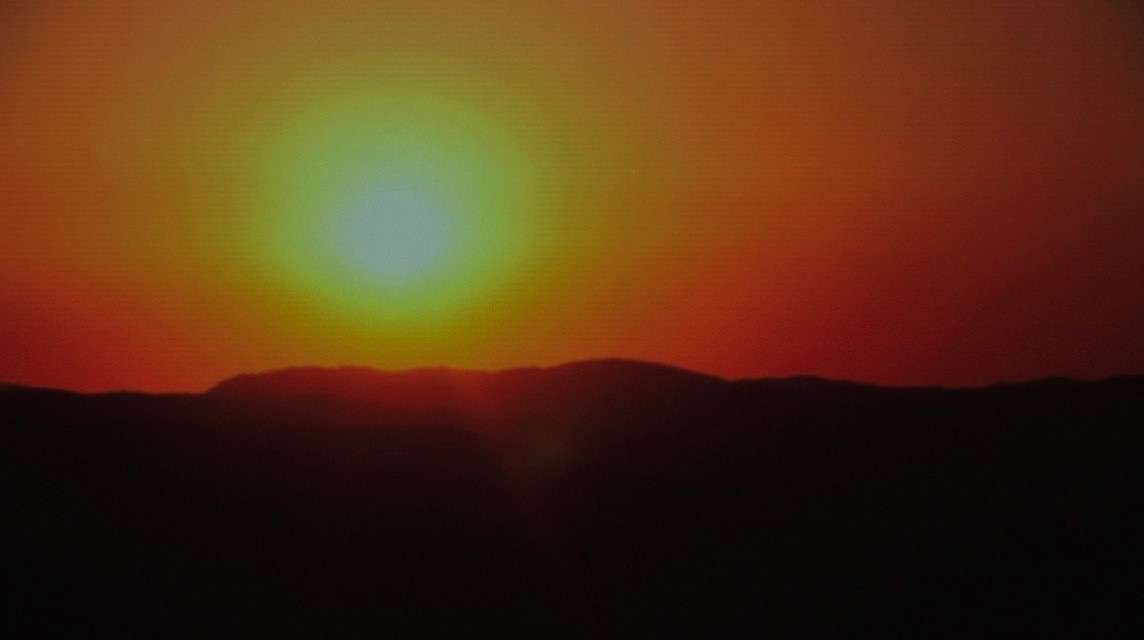
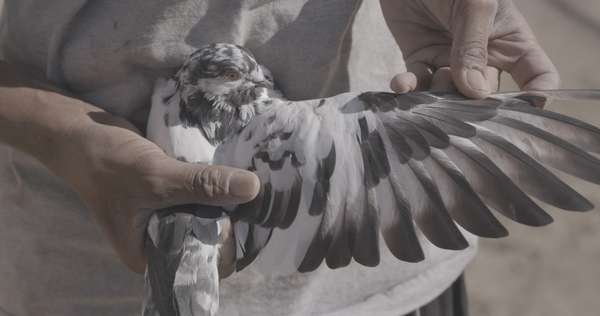
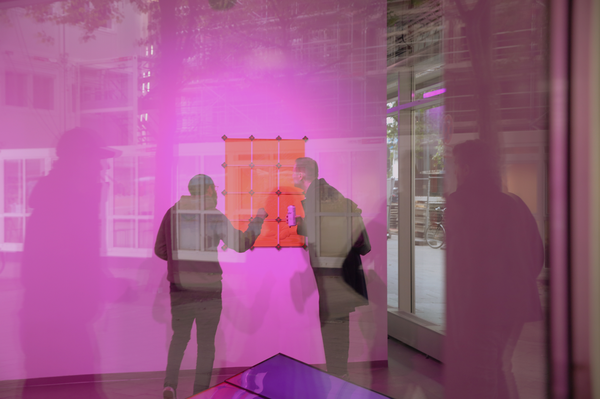


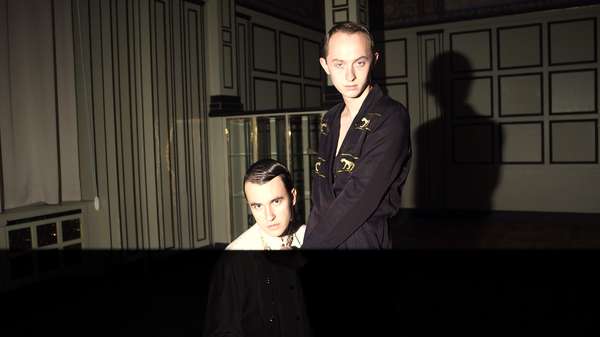
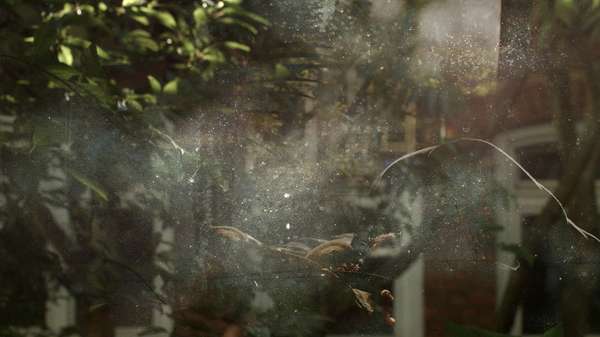
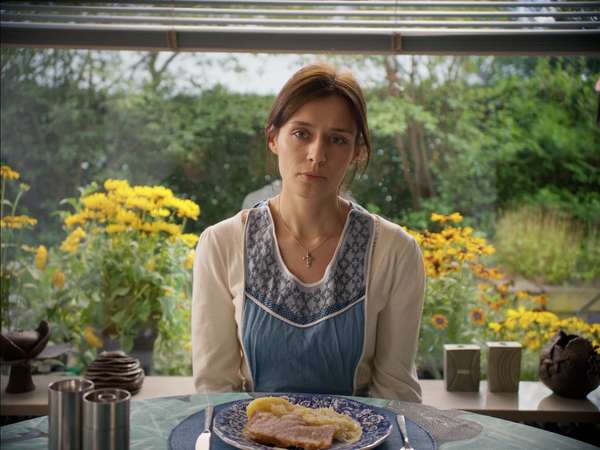
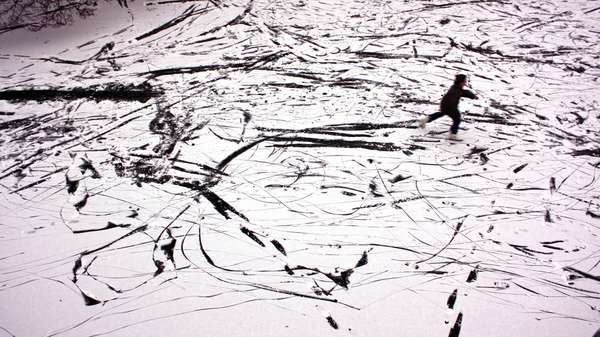
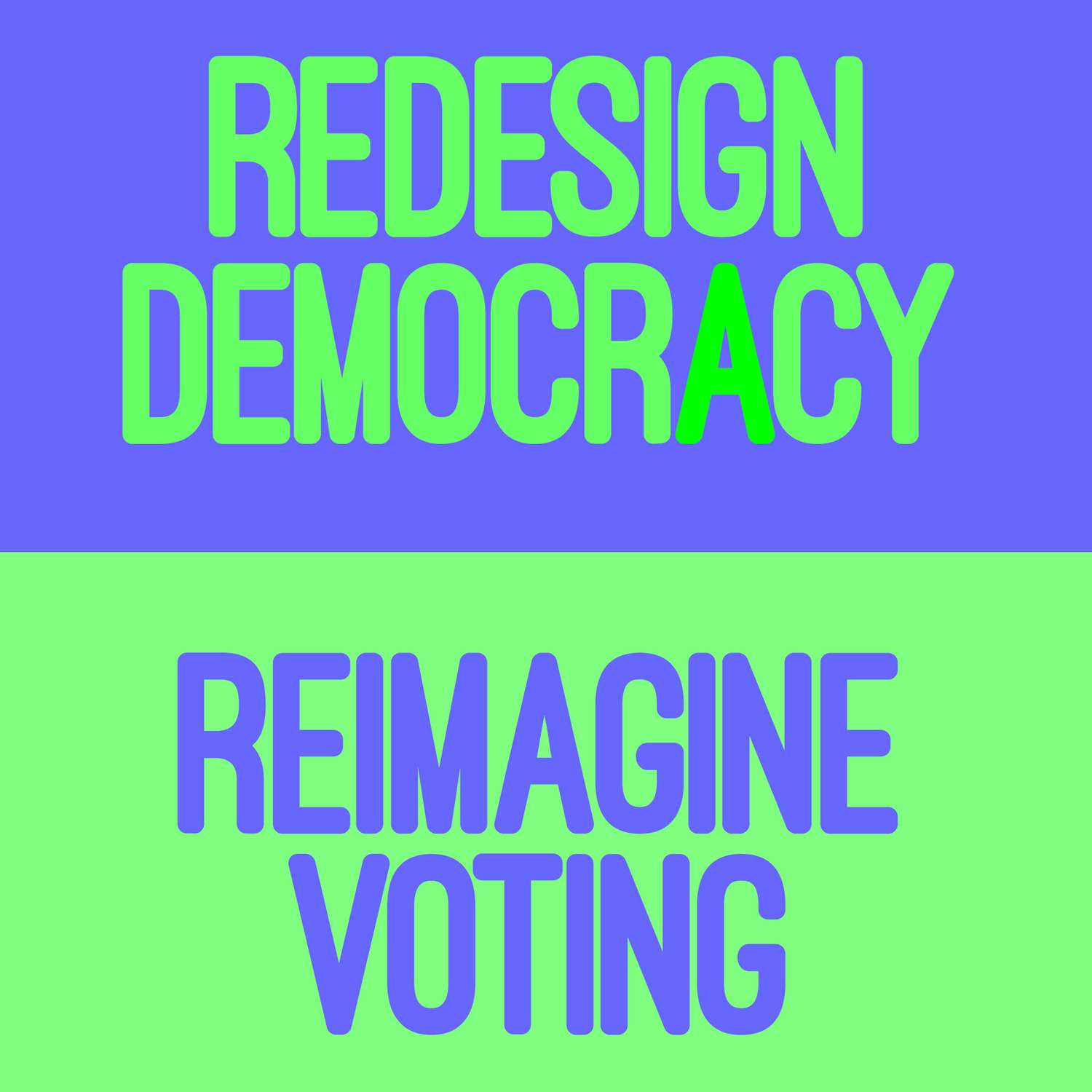

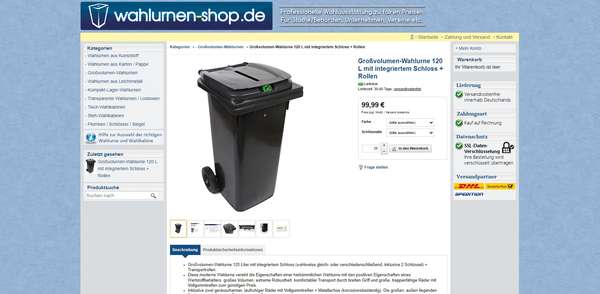

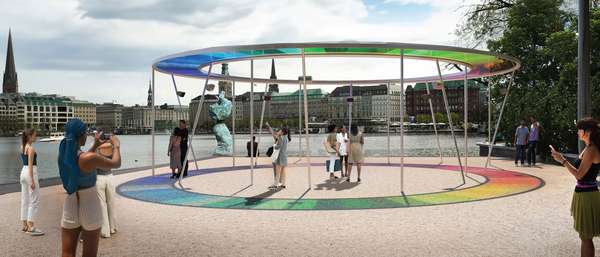

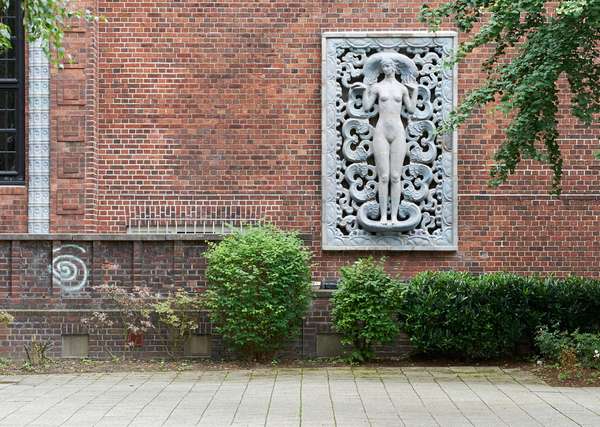
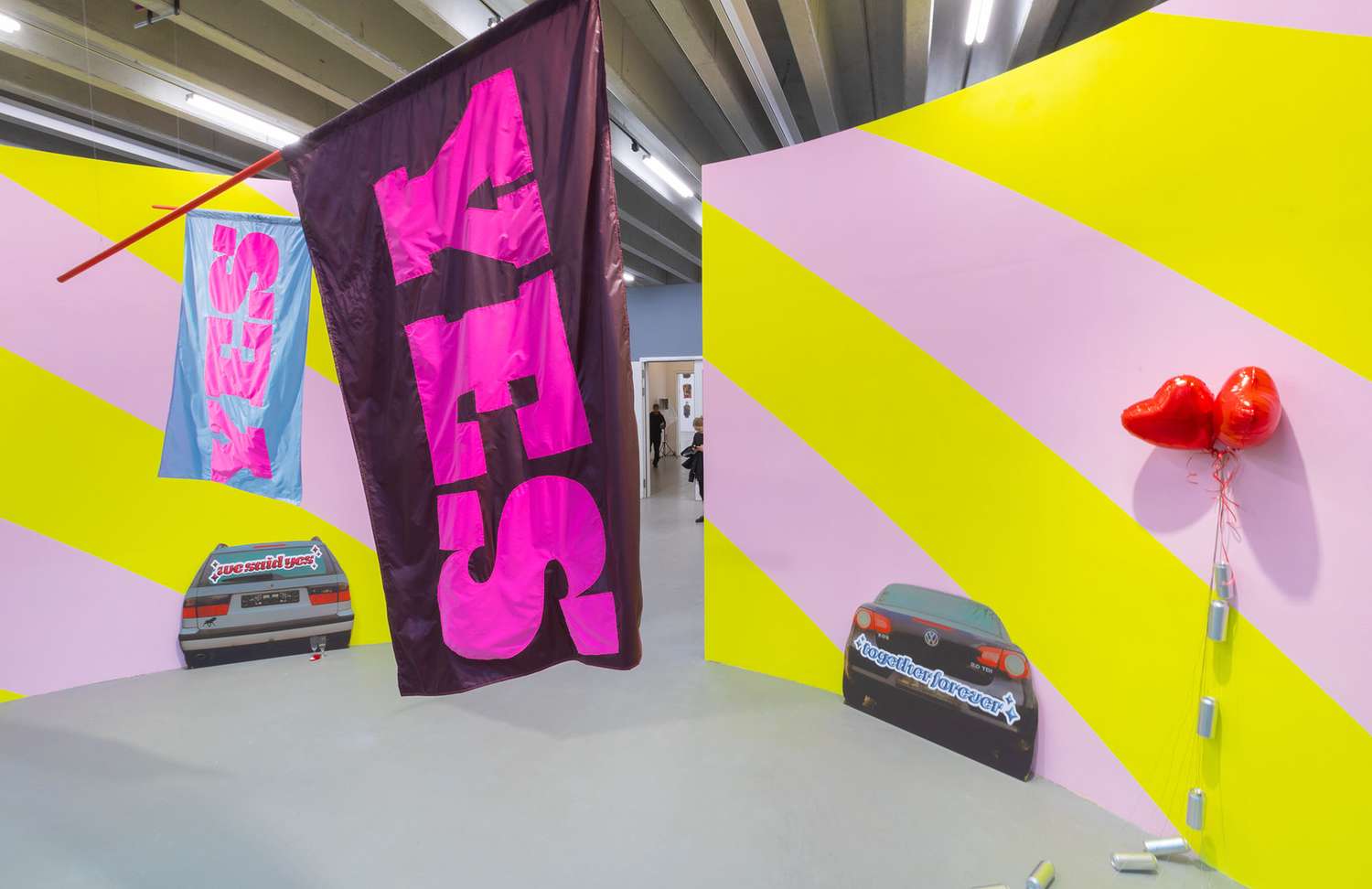
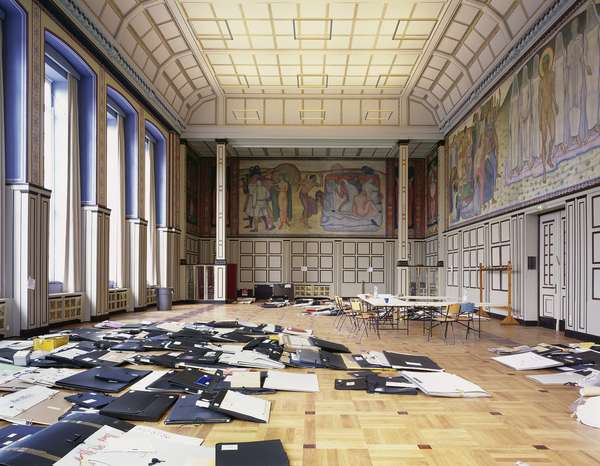
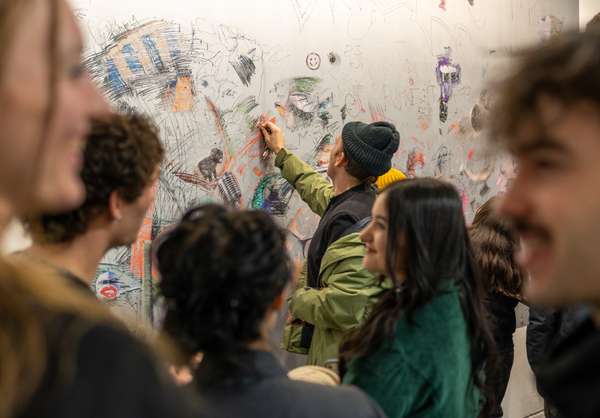
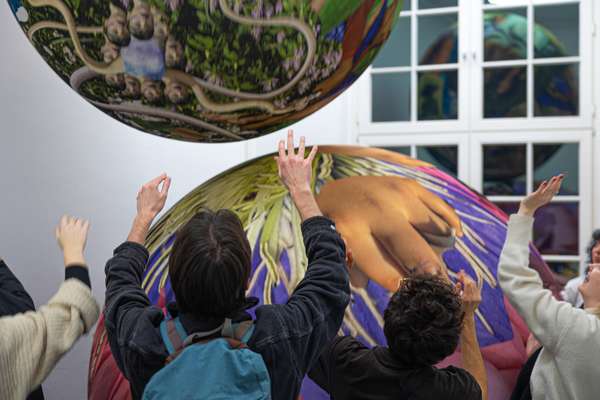
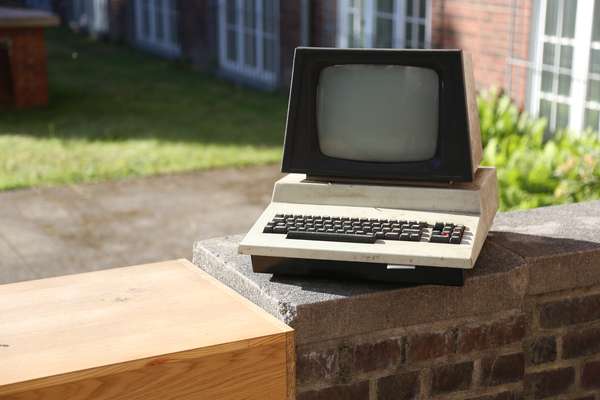


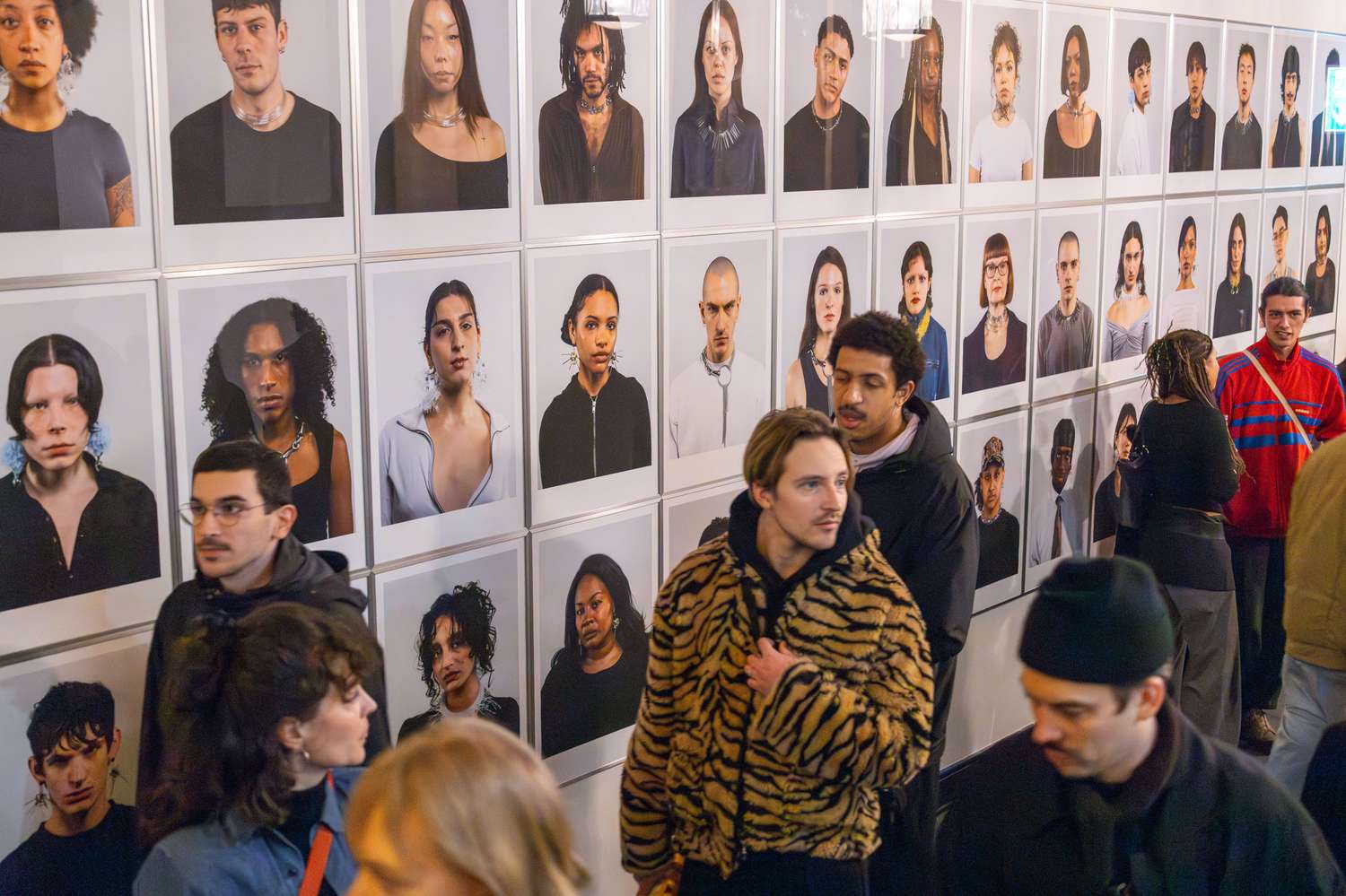
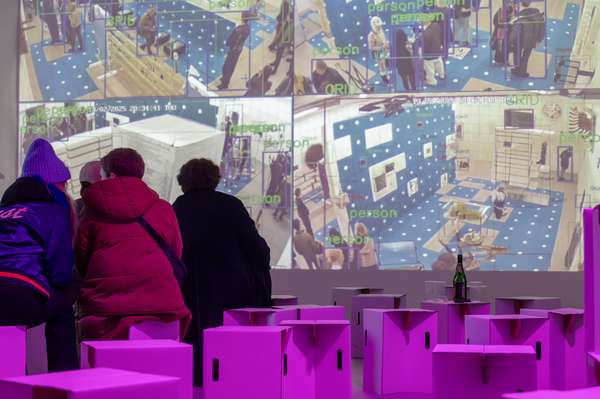
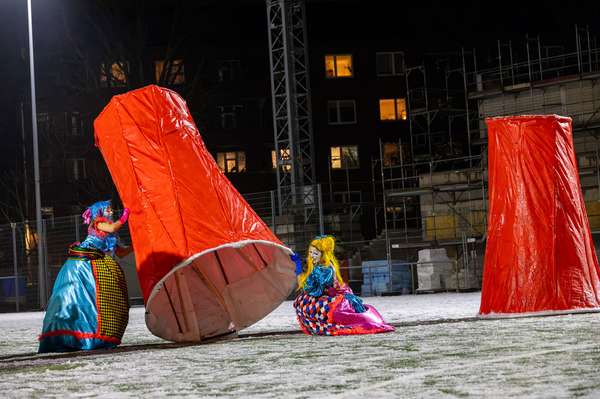
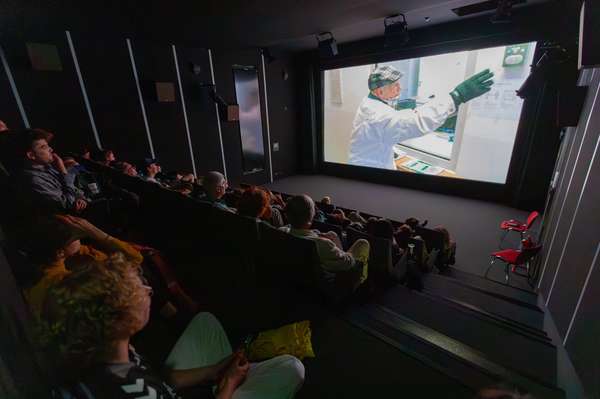
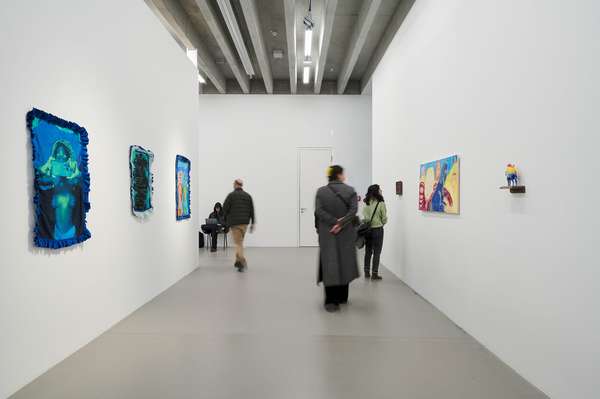
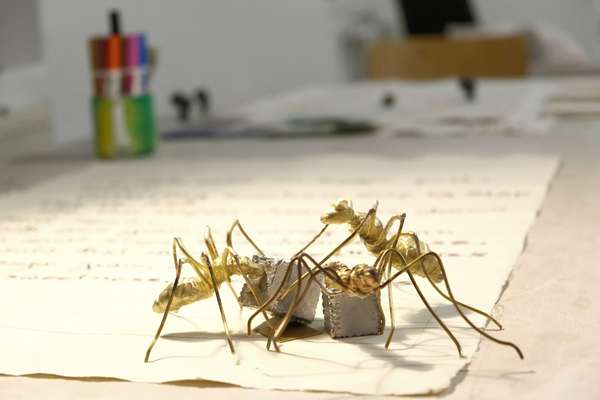
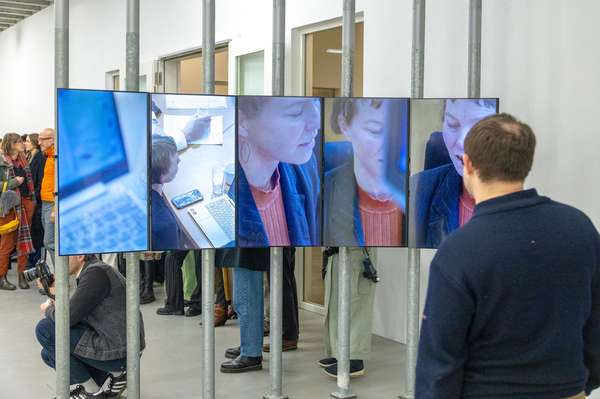
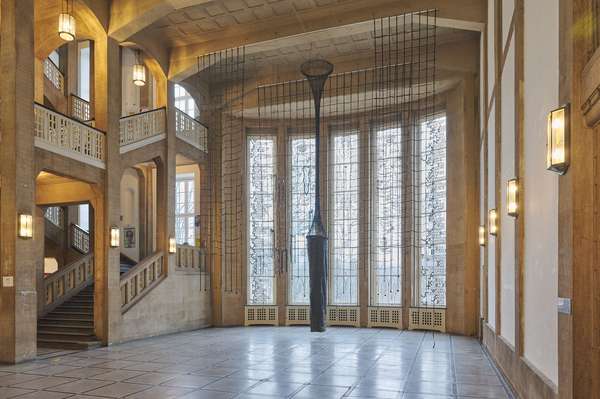
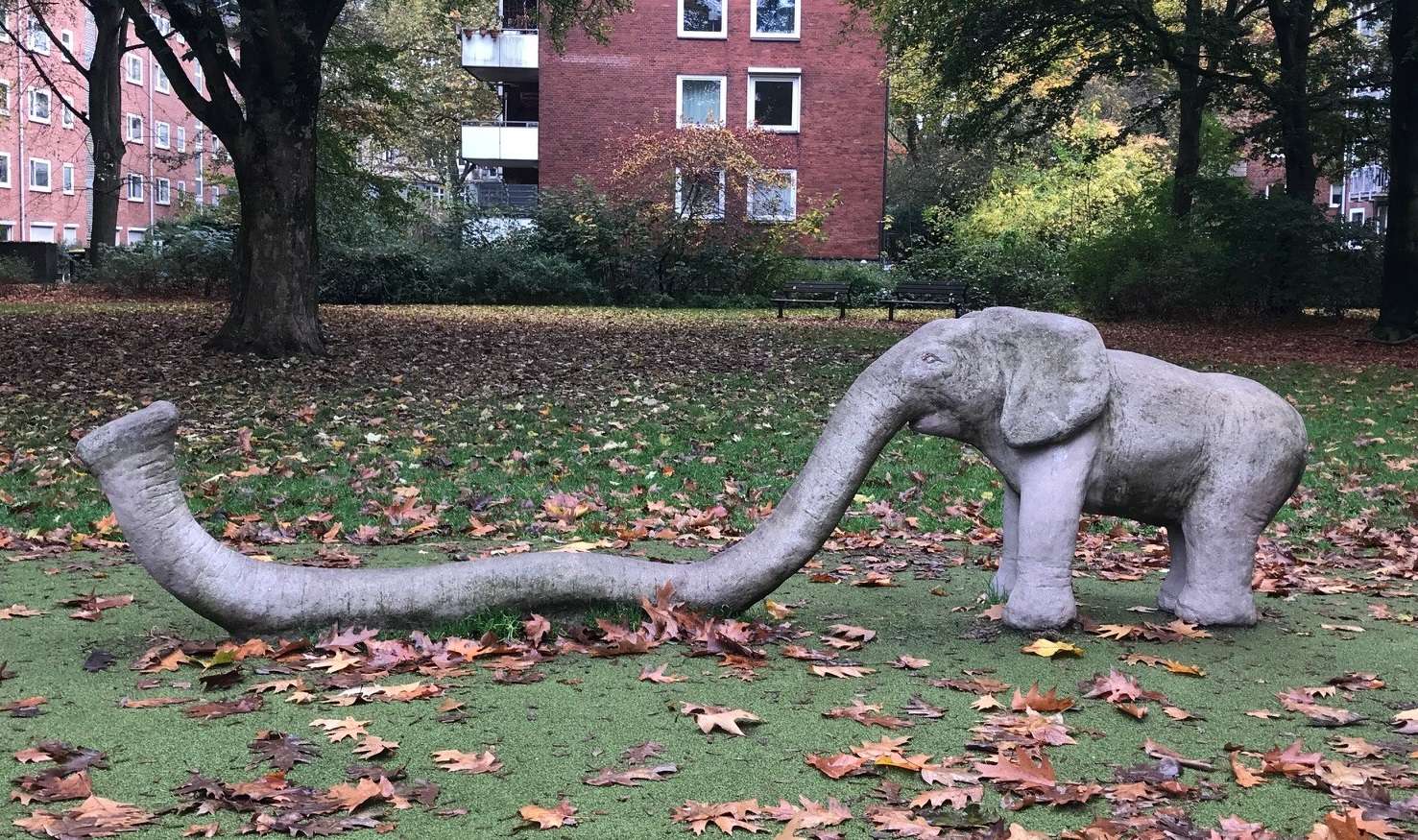
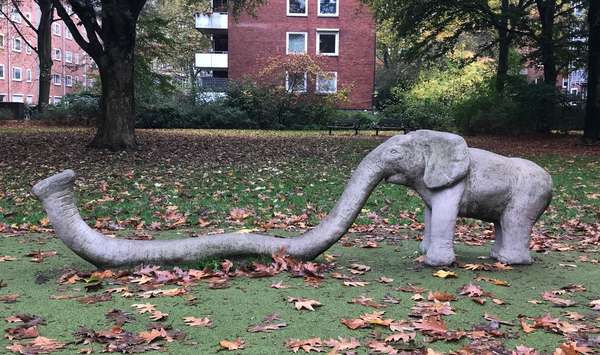
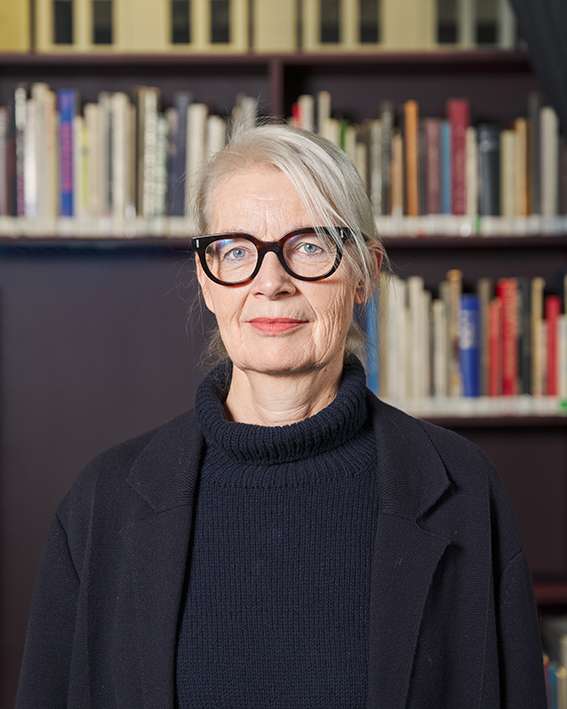
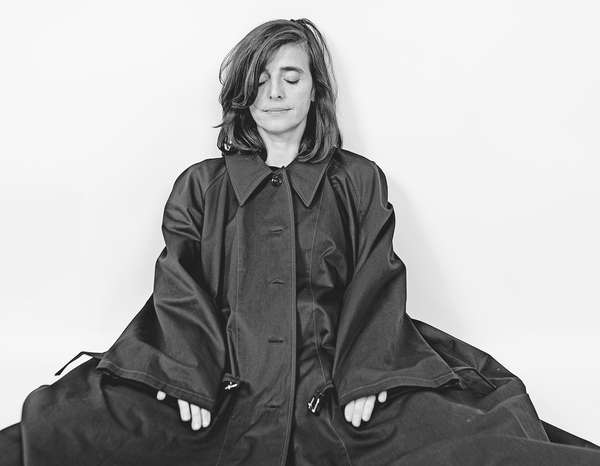
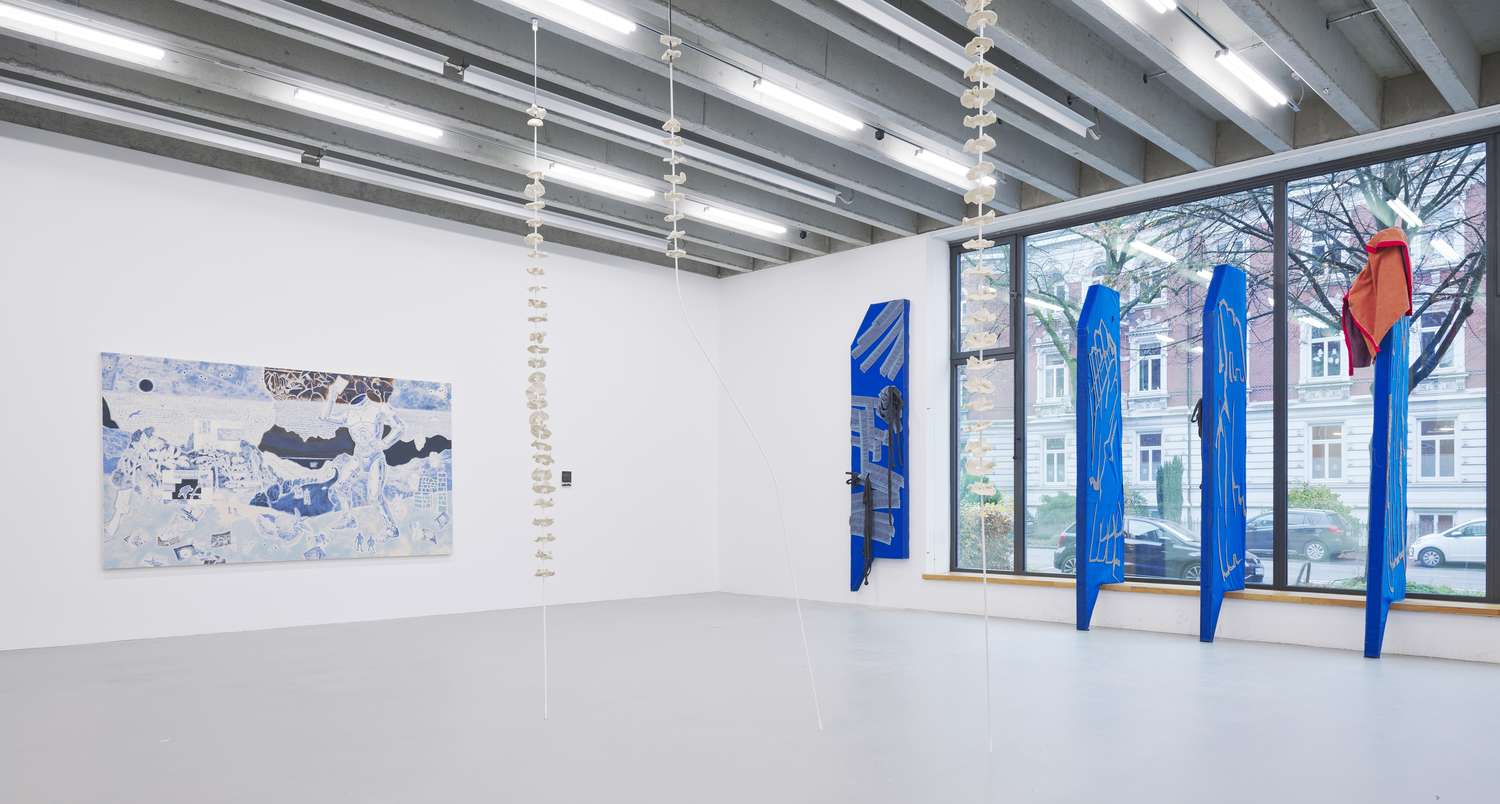
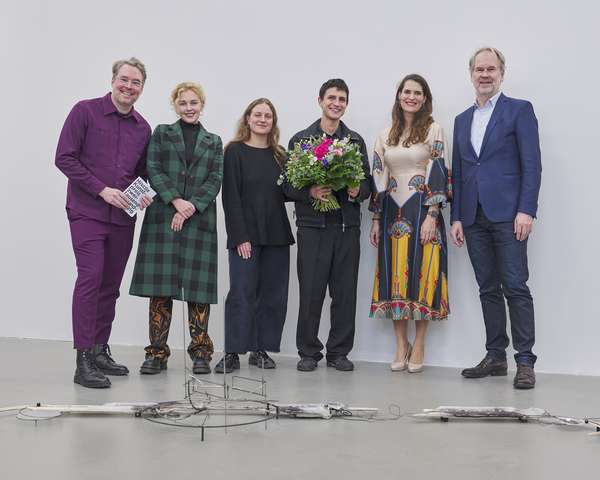
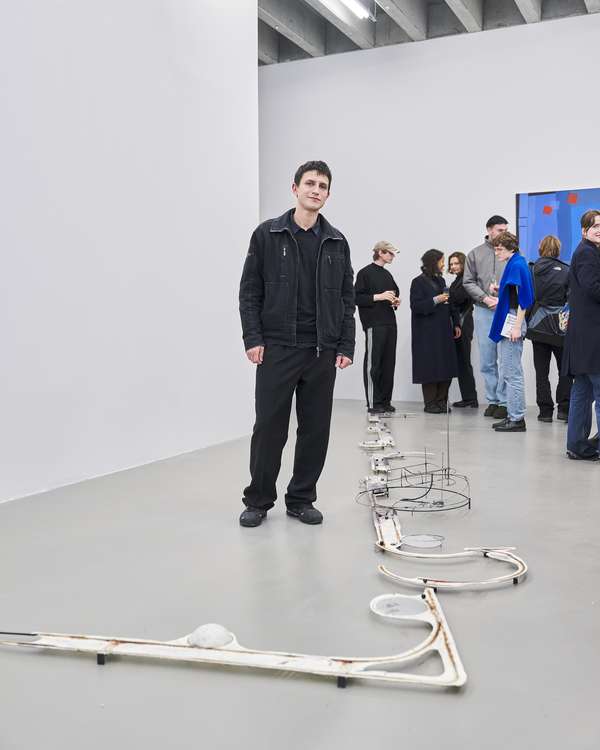
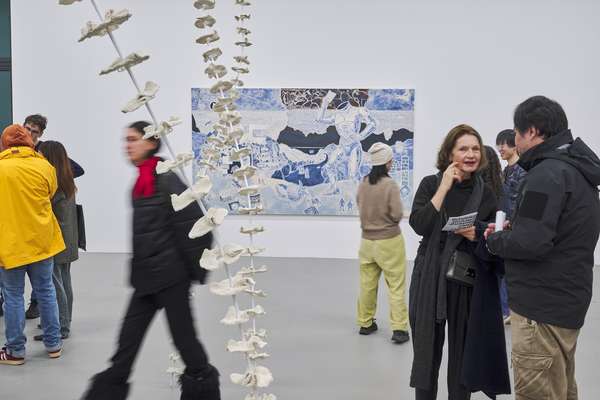
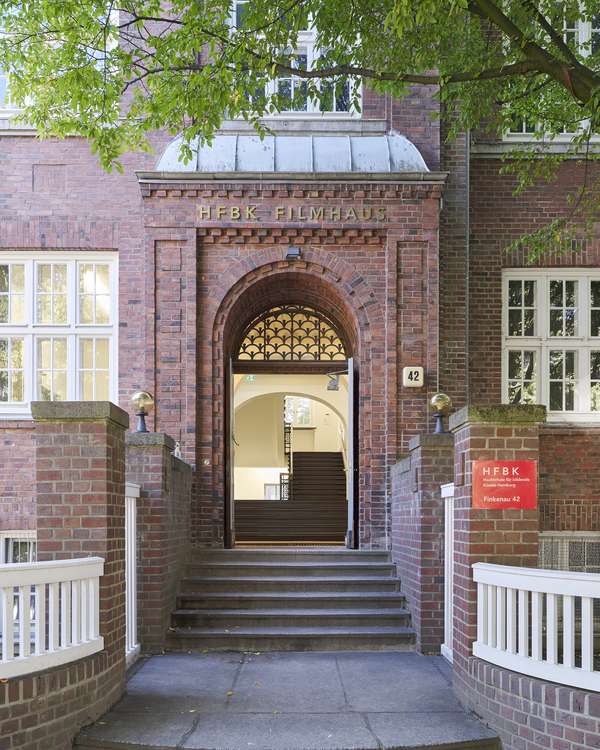
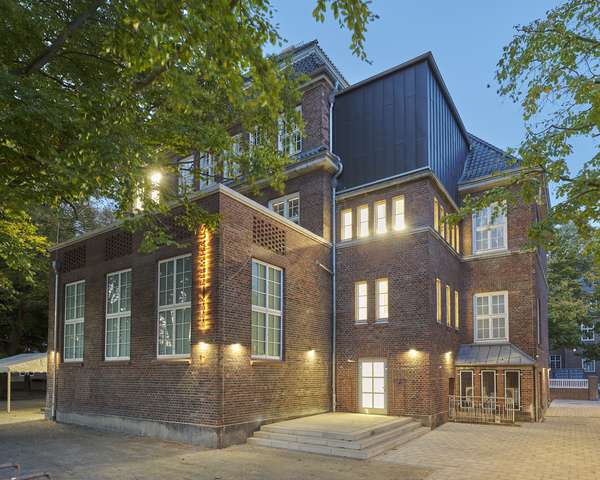
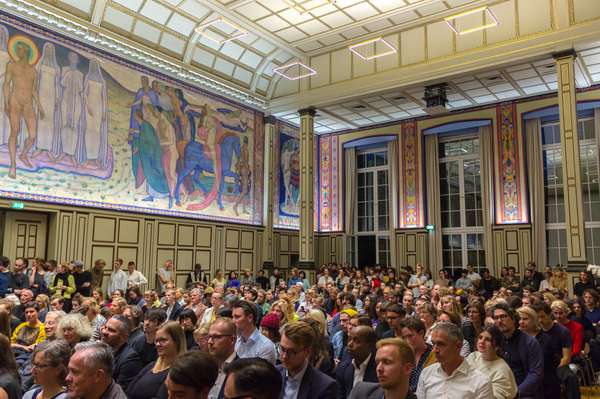
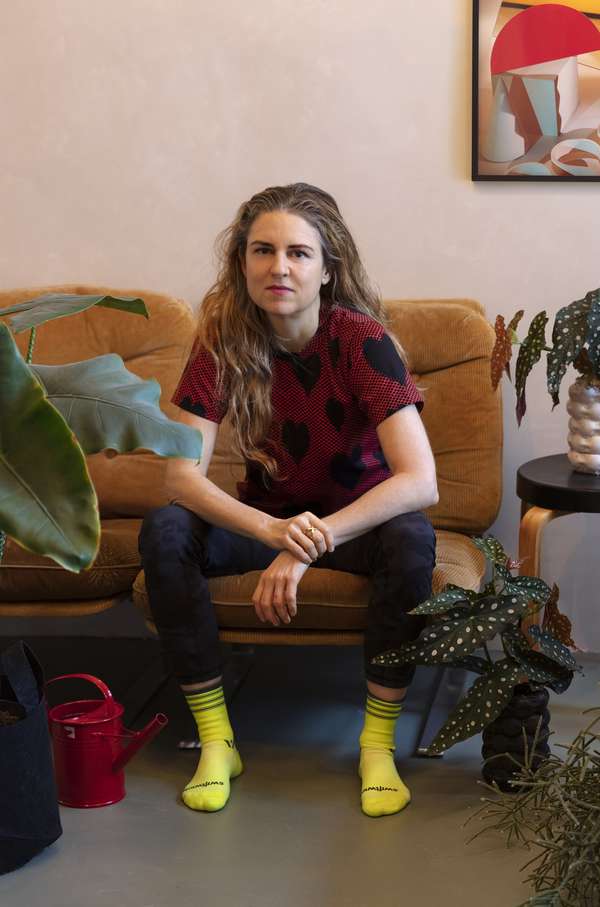
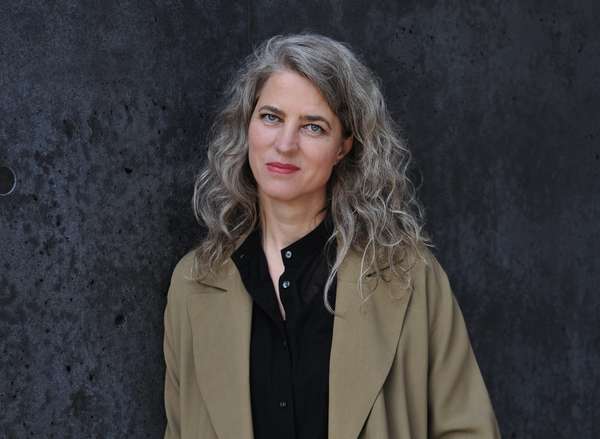
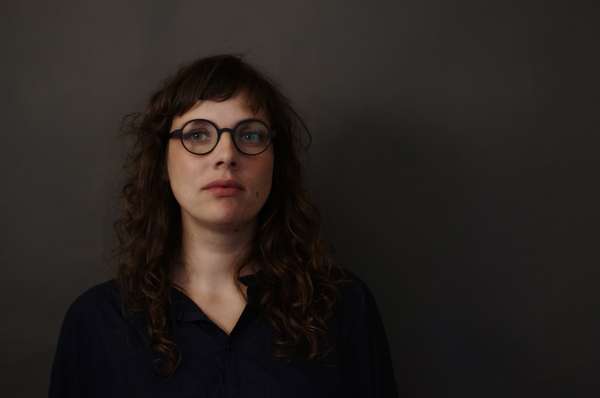
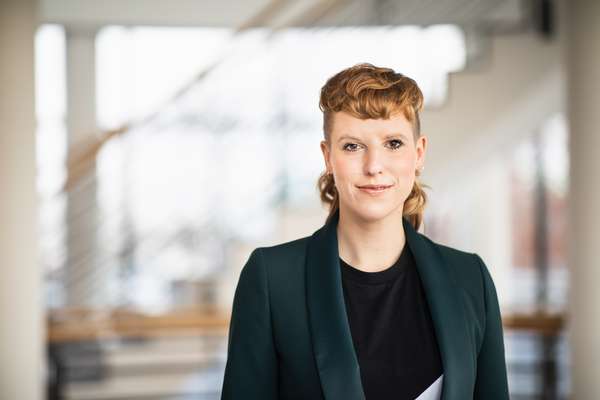
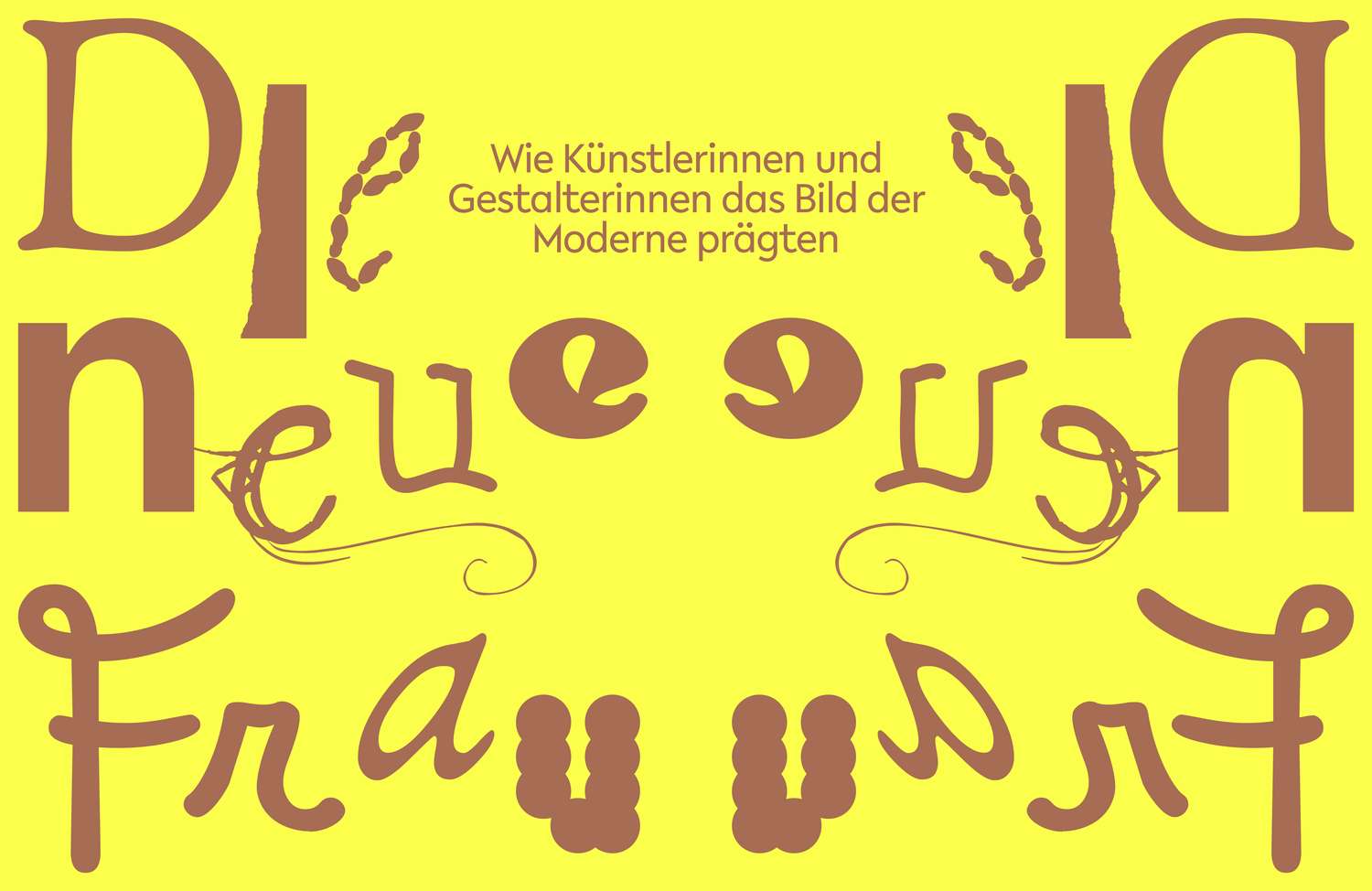
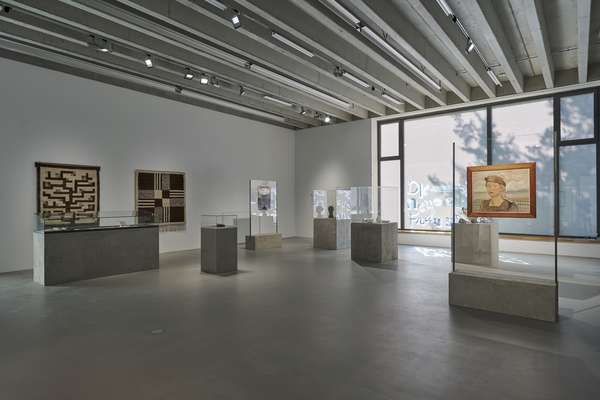
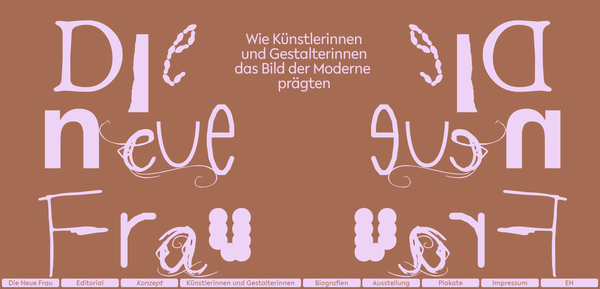
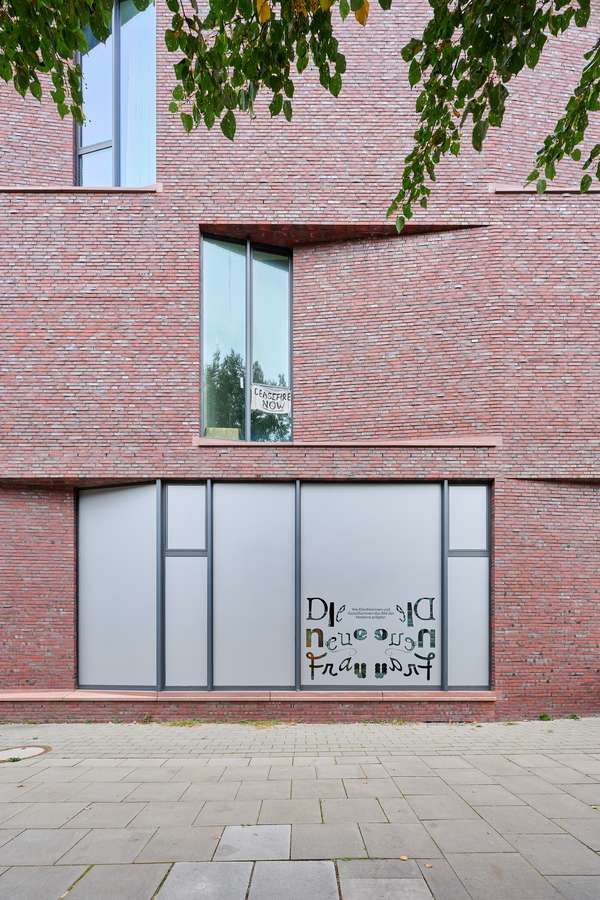
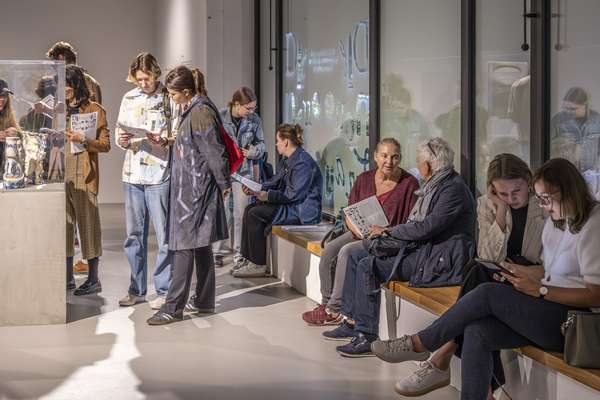

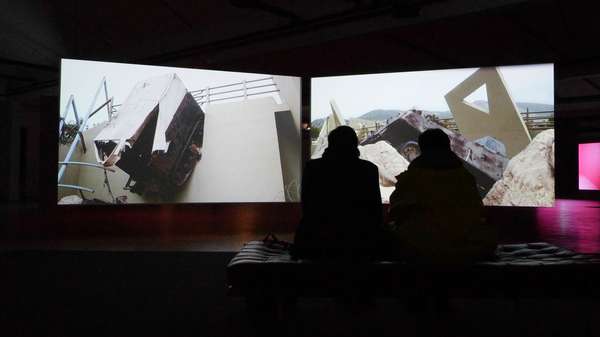
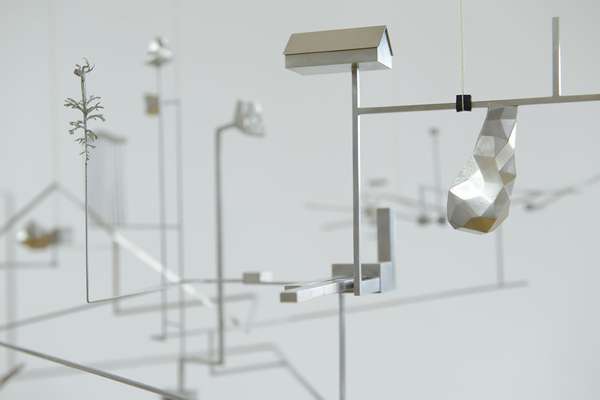
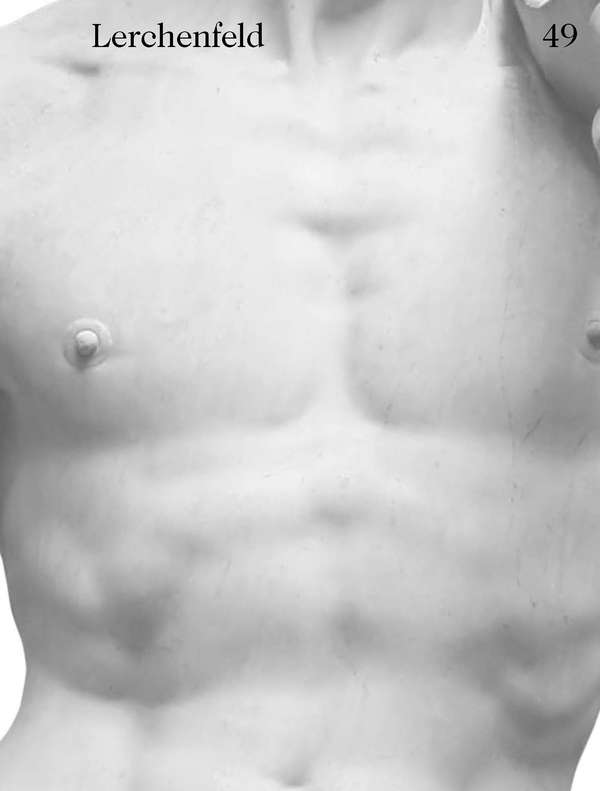
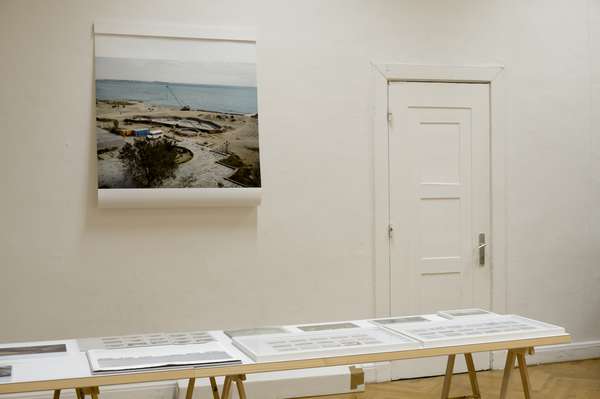
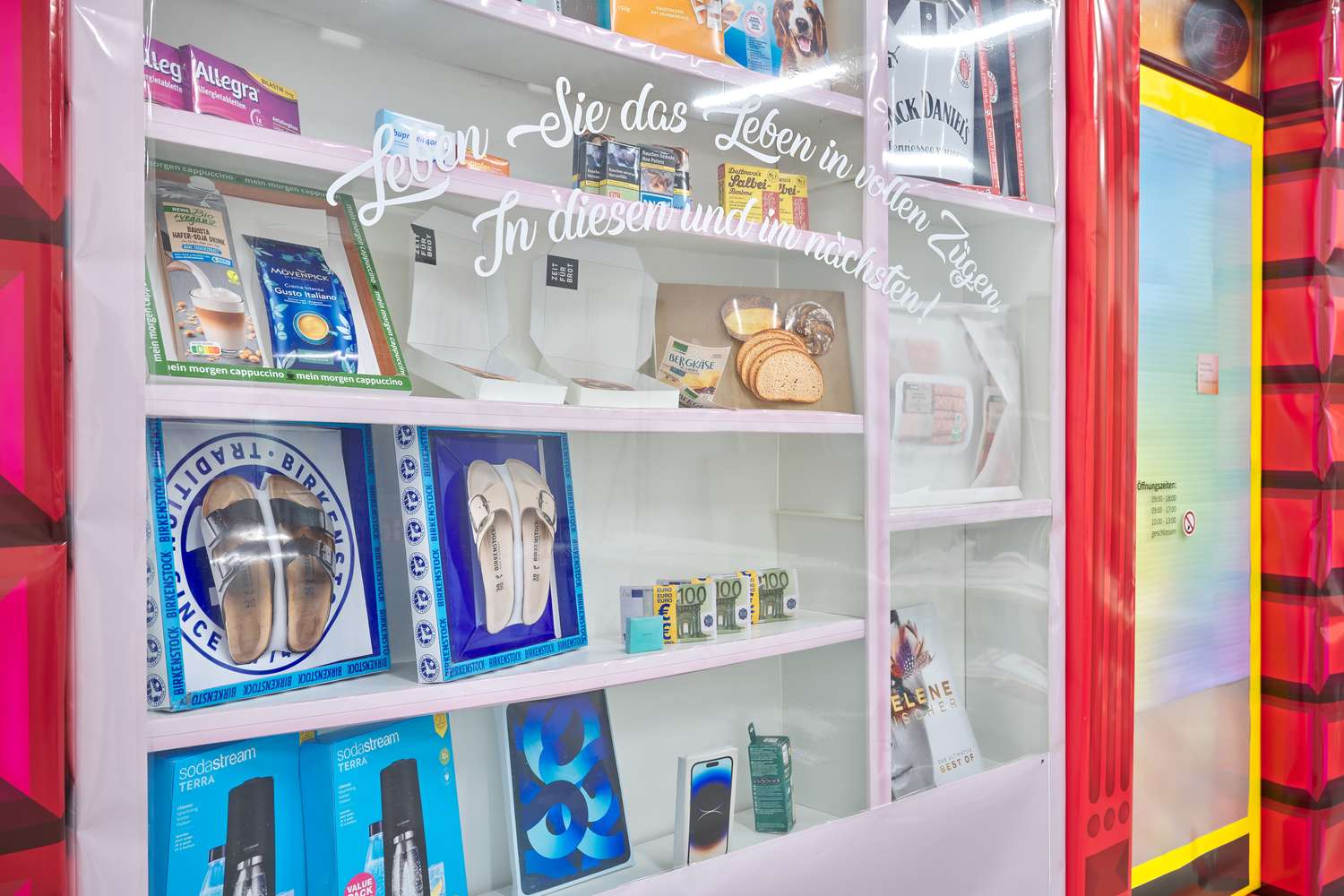
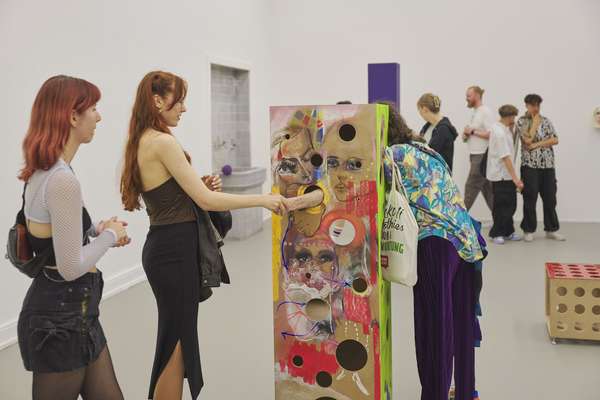
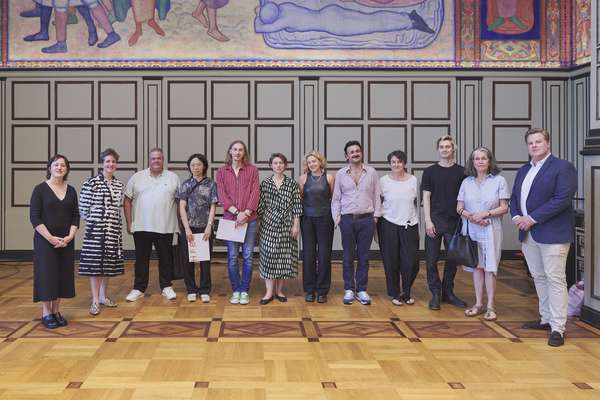


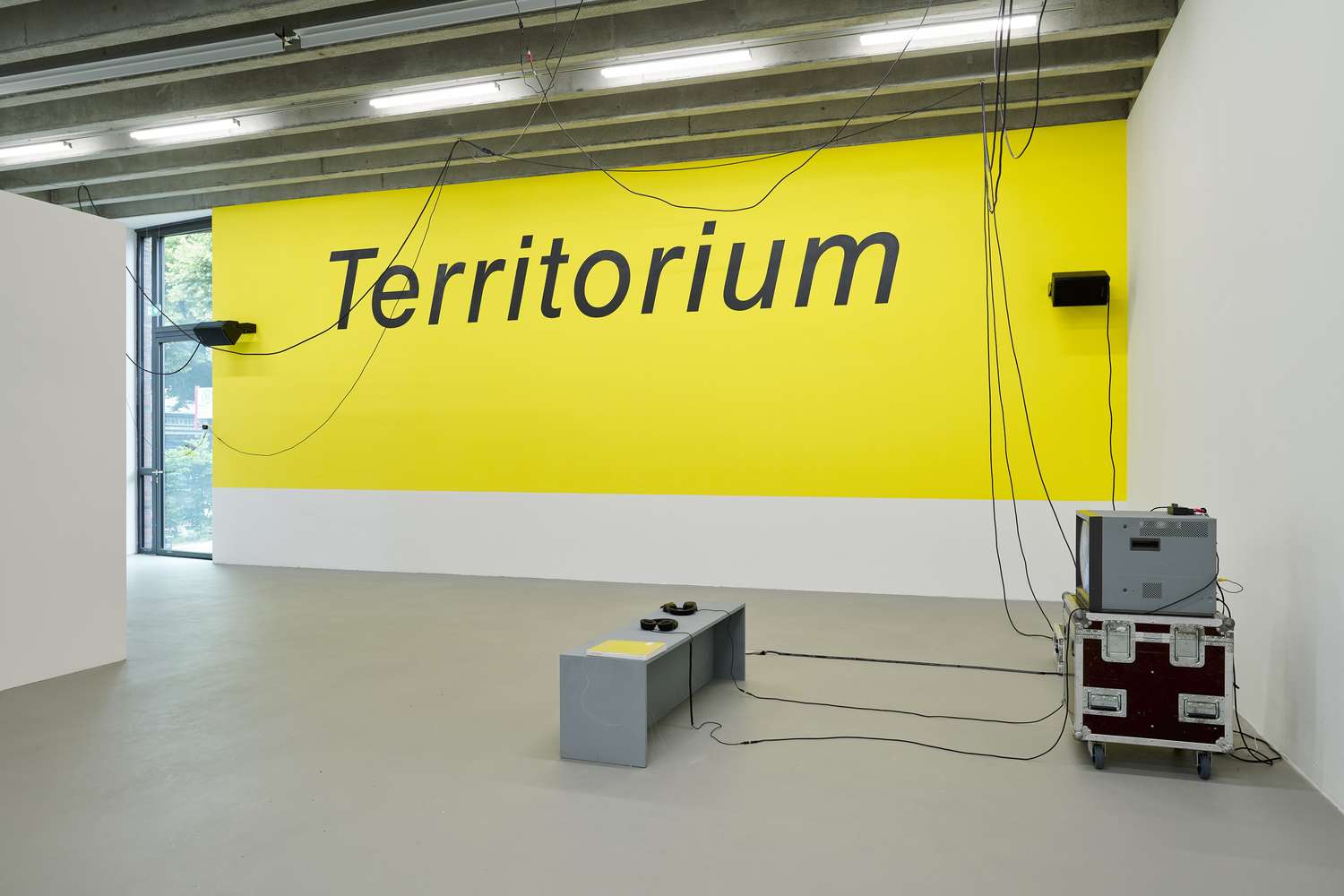

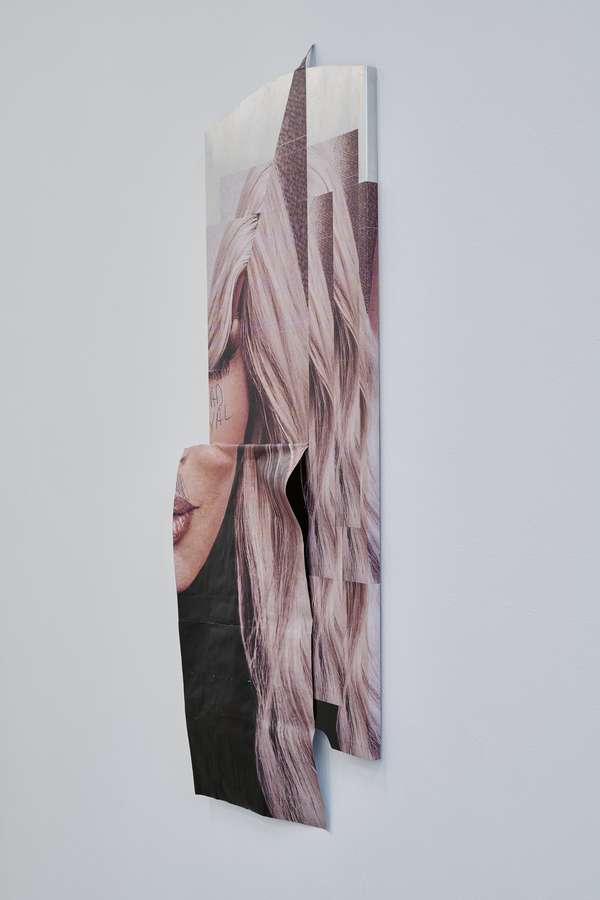



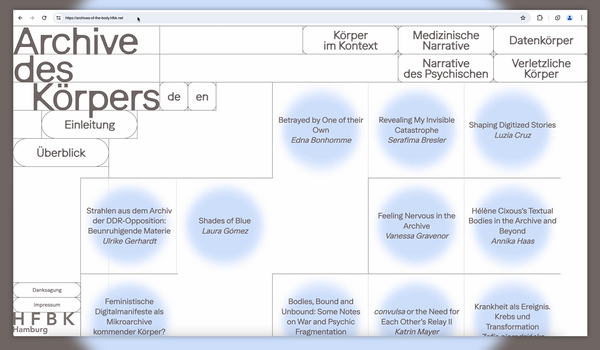






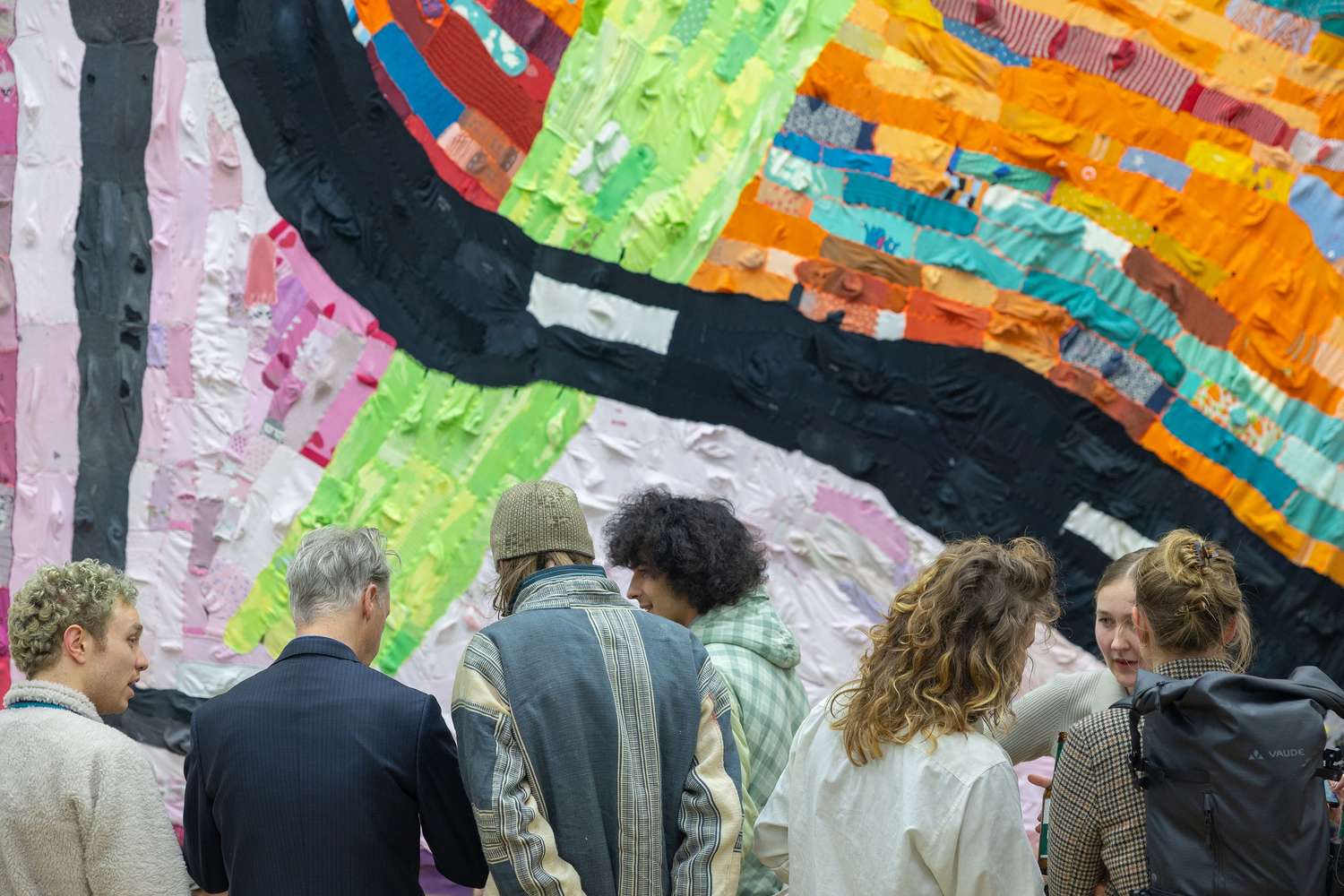








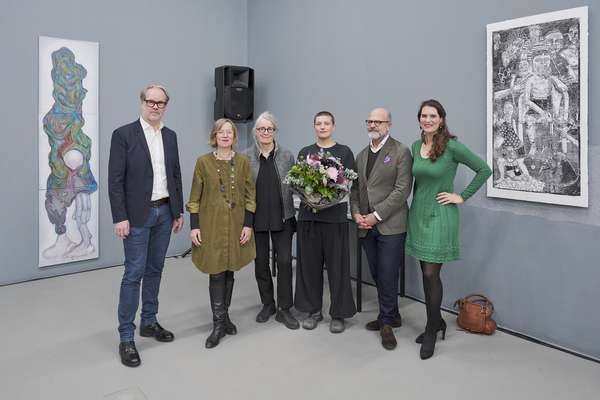


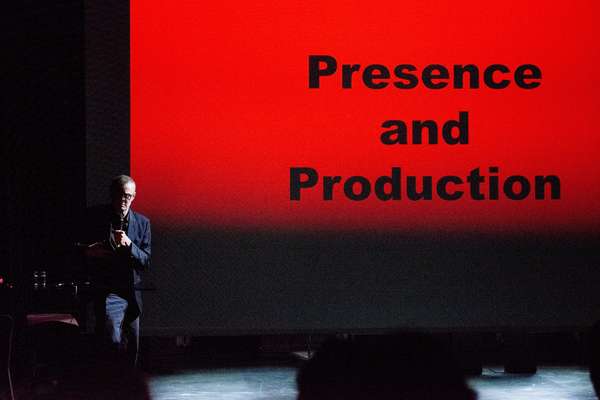



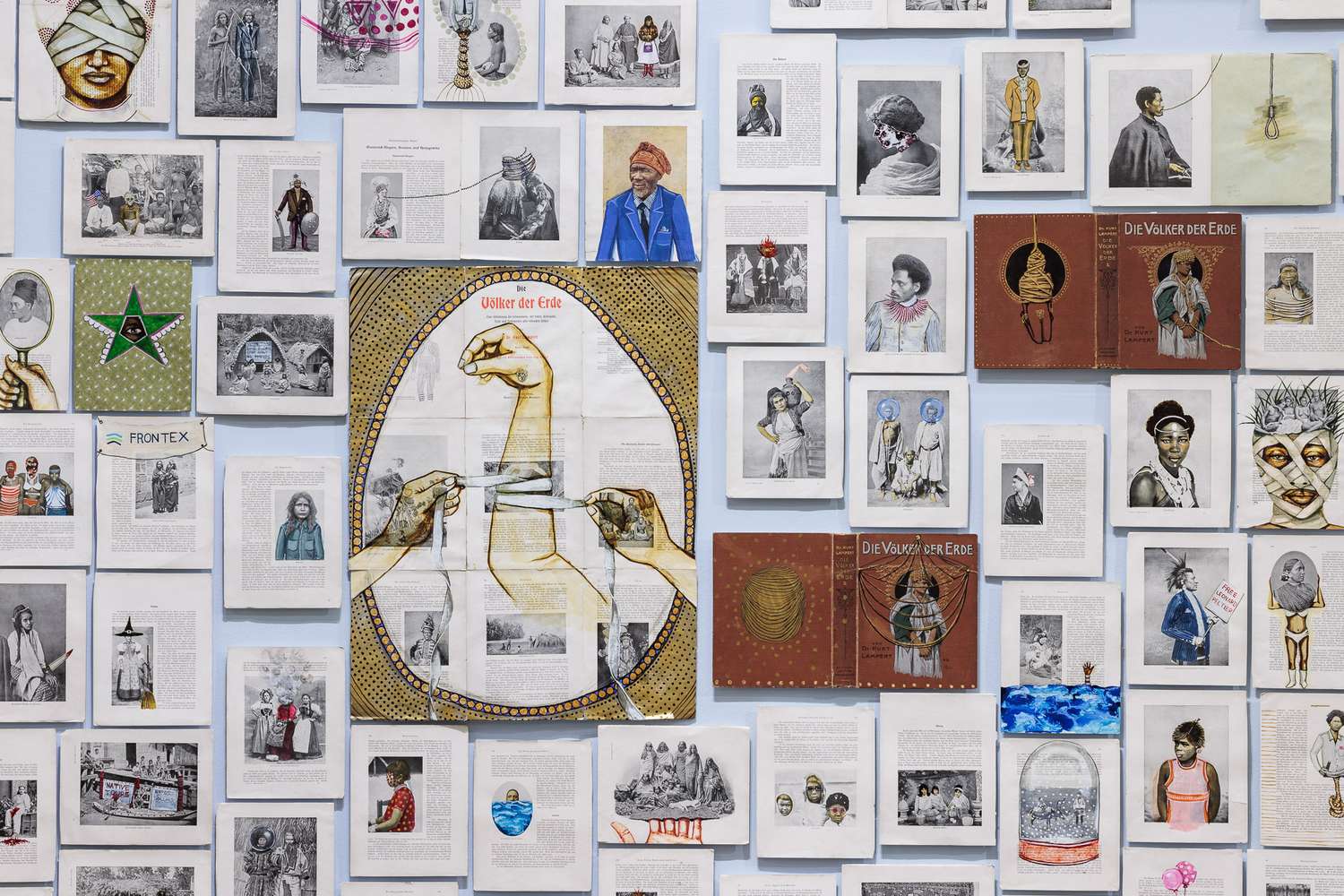









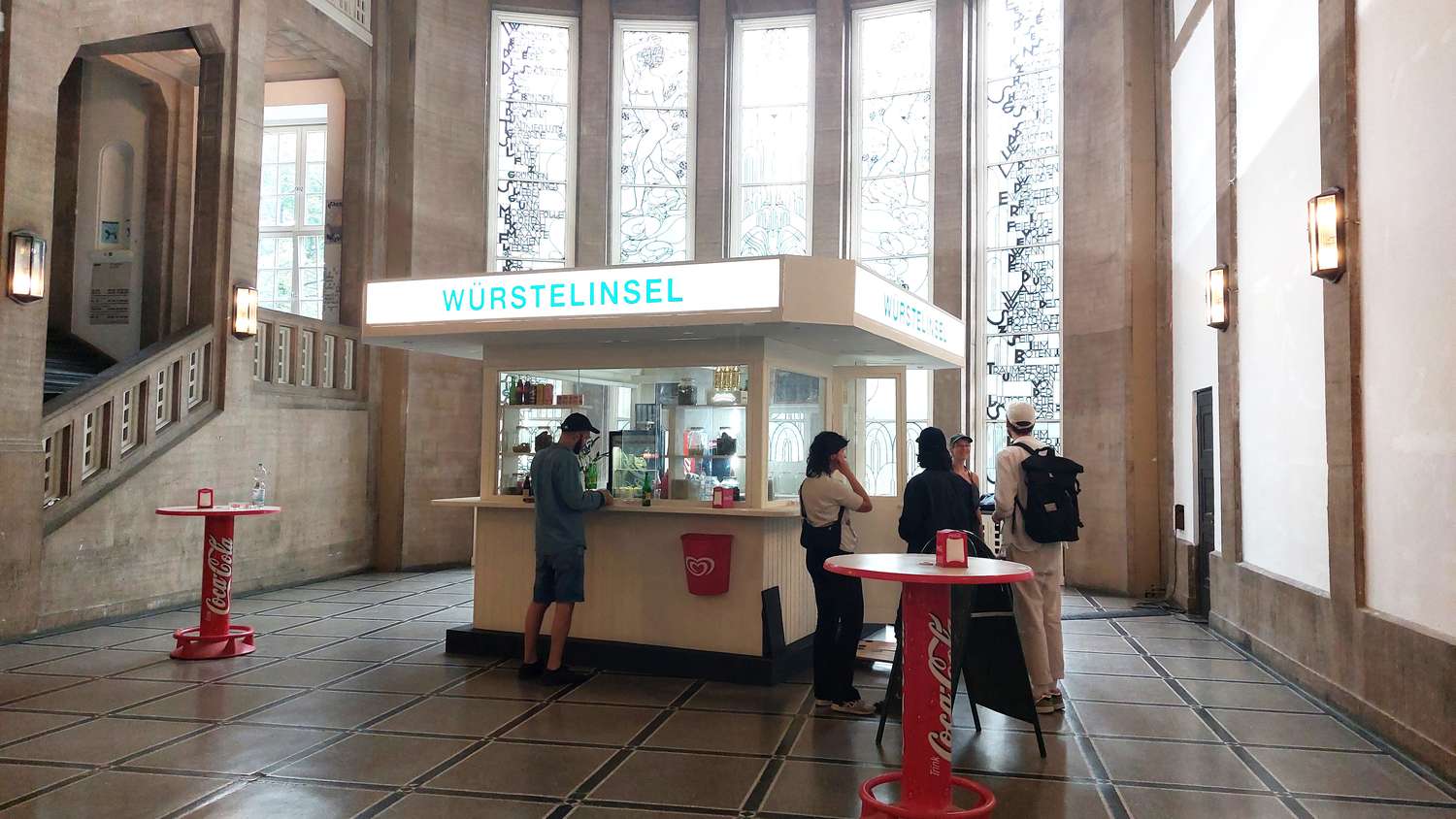








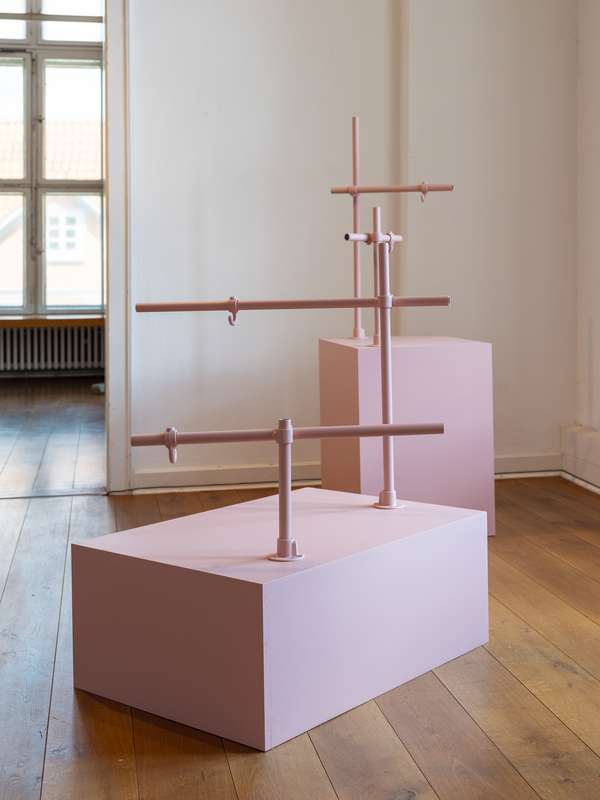

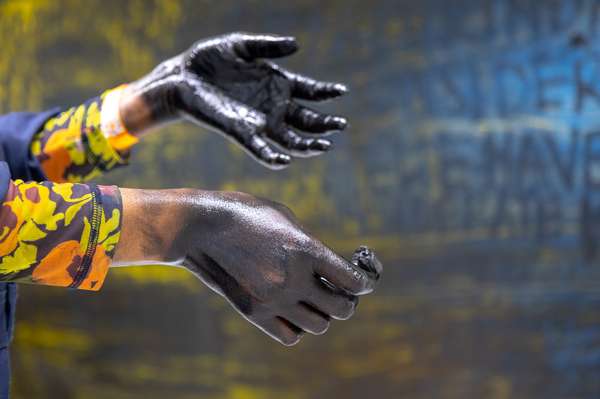




































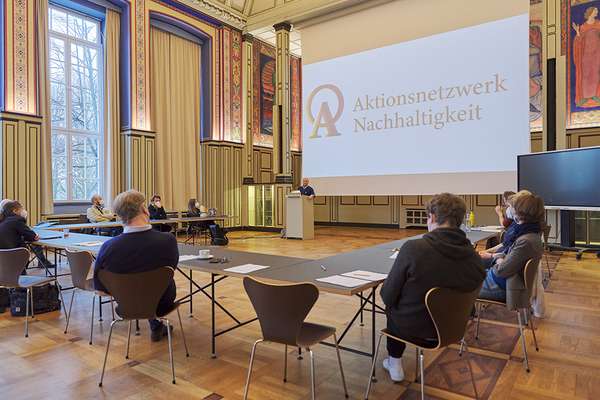






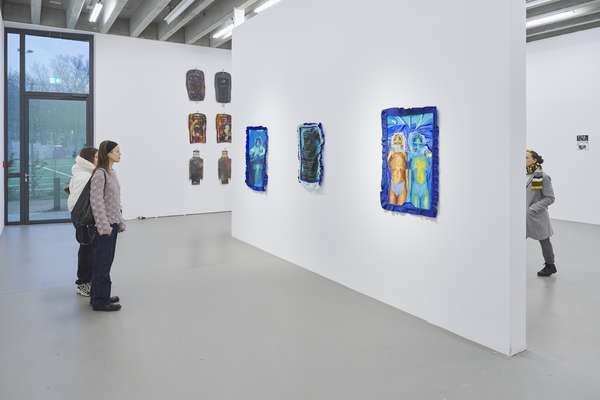








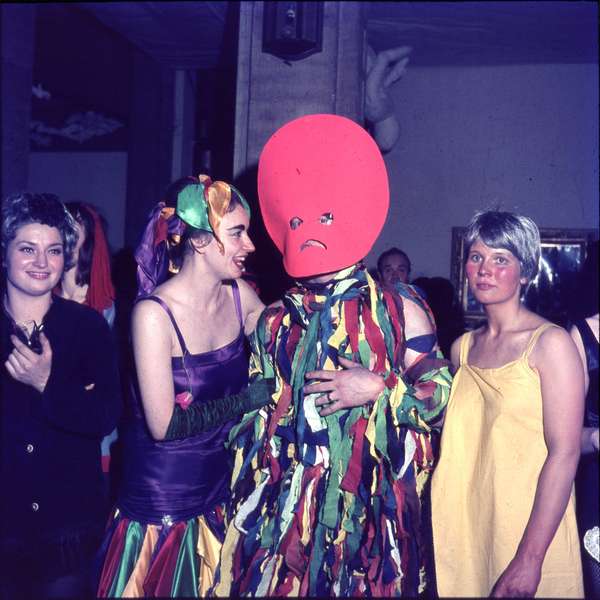

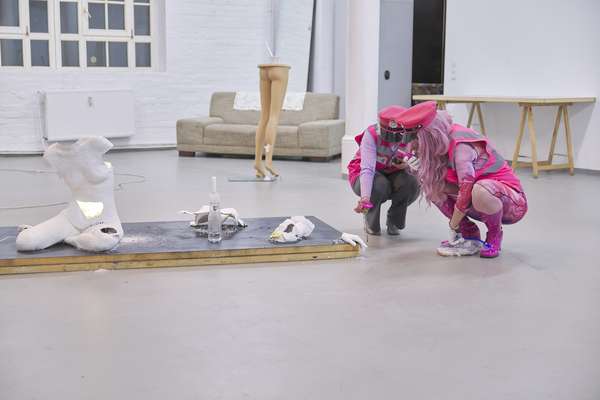







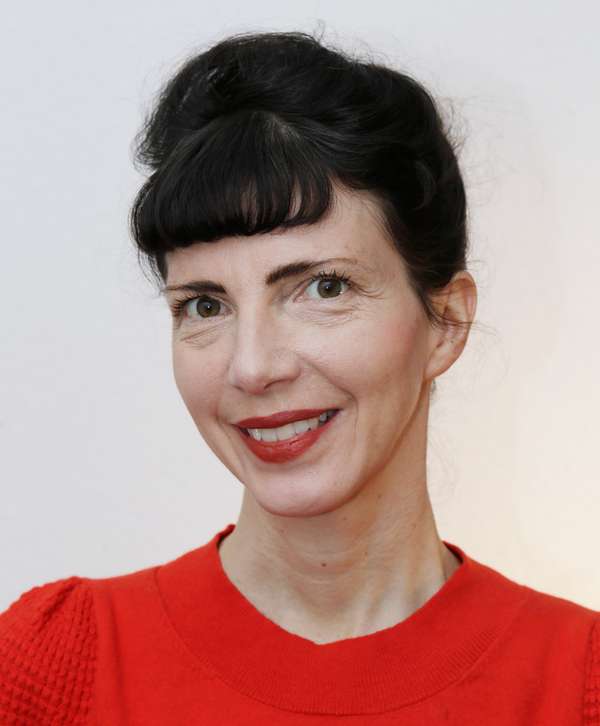
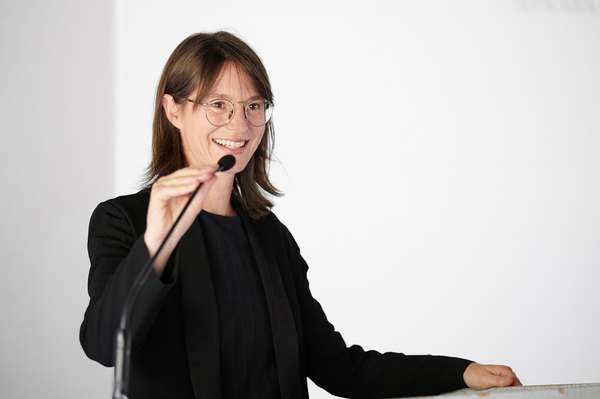




















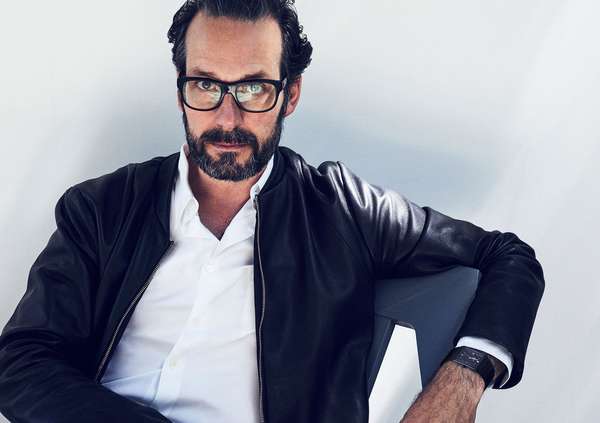







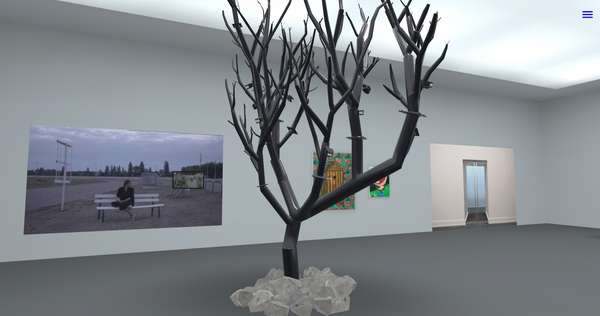
















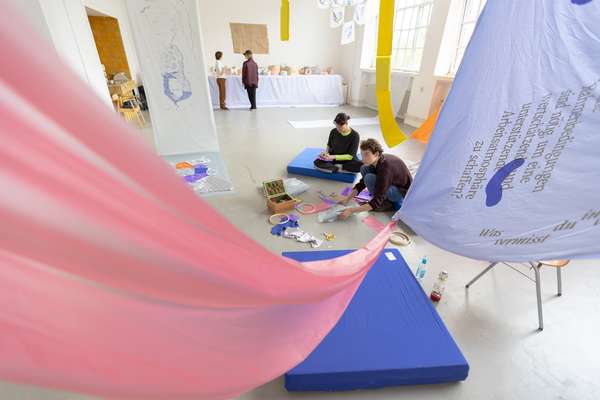

 Graduate Show 2025: Don't stop me now
Graduate Show 2025: Don't stop me now
 Long days, lots to do
Long days, lots to do
 Cine*Ami*es
Cine*Ami*es
 Redesign Democracy – competition for the ballot box of the democratic future
Redesign Democracy – competition for the ballot box of the democratic future
 Art in public space
Art in public space
 How to apply: study at HFBK Hamburg
How to apply: study at HFBK Hamburg
 Annual Exhibition 2025 at the HFBK Hamburg
Annual Exhibition 2025 at the HFBK Hamburg
 The Elephant in The Room – Sculpture today
The Elephant in The Room – Sculpture today
 Hiscox Art Prize 2024
Hiscox Art Prize 2024
 The New Woman
The New Woman
 Doing a PhD at the HFBK Hamburg
Doing a PhD at the HFBK Hamburg
 Graduate Show 2024 - Letting Go
Graduate Show 2024 - Letting Go
 Finkenwerder Art Prize 2024
Finkenwerder Art Prize 2024
 Archives of the Body - The Body in Archiving
Archives of the Body - The Body in Archiving
 New partnership with the School of Arts at the University of Haifa
New partnership with the School of Arts at the University of Haifa
 Annual Exhibition 2024 at the HFBK Hamburg
Annual Exhibition 2024 at the HFBK Hamburg
 (Ex)Changes of / in Art
(Ex)Changes of / in Art
 Extended Libraries
Extended Libraries
 And Still I Rise
And Still I Rise
 Let's talk about language
Let's talk about language
 Graduate Show 2023: Unfinished Business
Graduate Show 2023: Unfinished Business
 Let`s work together
Let`s work together
 Annual Exhibition 2023 at HFBK Hamburg
Annual Exhibition 2023 at HFBK Hamburg
 Symposium: Controversy over documenta fifteen
Symposium: Controversy over documenta fifteen
 Festival and Symposium: Non-Knowledge, Laughter and the Moving Image
Festival and Symposium: Non-Knowledge, Laughter and the Moving Image
 Solo exhibition by Konstantin Grcic
Solo exhibition by Konstantin Grcic
 Art and war
Art and war
 Graduate Show 2022: We’ve Only Just Begun
Graduate Show 2022: We’ve Only Just Begun
 June is full of art and theory
June is full of art and theory
 Finkenwerder Art Prize 2022
Finkenwerder Art Prize 2022
 Nachhaltigkeit im Kontext von Kunst und Kunsthochschule
Nachhaltigkeit im Kontext von Kunst und Kunsthochschule
 Raum für die Kunst
Raum für die Kunst
 Annual Exhibition 2022 at the HFBK
Annual Exhibition 2022 at the HFBK
 Conference: Counter-Monuments and Para-Monuments.
Conference: Counter-Monuments and Para-Monuments.
 Diversity
Diversity
 Live und in Farbe: die ASA Open Studios im Juni 2021
Live und in Farbe: die ASA Open Studios im Juni 2021
 Unlearning: Wartenau Assemblies
Unlearning: Wartenau Assemblies
 School of No Consequences
School of No Consequences
 Annual Exhibition 2021 at the HFBK
Annual Exhibition 2021 at the HFBK
 Semestereröffnung und Hiscox-Preisverleihung 2020
Semestereröffnung und Hiscox-Preisverleihung 2020
 Teaching Art Online at the HFBK
Teaching Art Online at the HFBK
 HFBK Graduate Survey
HFBK Graduate Survey
 How political is Social Design?
How political is Social Design?